Need Help? We are right here!
Need Help? We are right here!
Thanks for your Enquiry. Our team will soon reach out to you.
If you don't hear from us within 24 hours, please feel free to send a follow-up email to info@xecurify.com
Search Results:
×
PeopleSoft SSO is a feature that enables easy and seamless Single Sign-On into your PeopleSoft application instance authenticating against any of your existing identity source (Microsoft Entra ID, LDAP, or any IDP).
As we have officially been recognized as a Global Modernized Oracle Partner Network (OPN) Partner, you can rest assured that all of our integrations on the Oracle Stack fulfill the highest competencies set by Oracle for their trusted advisors like miniOrange.
"miniOrange PeopleSoft SSO connector enables Single Sign-On (SSO) between PeopleSoft and any IDPs without the need to purchase and install Oracle Access Manager (OAM) and Oracle Internet Directory (OID) license."
PeopleSoft SSO connector enables the Single Sign-On (SSO) integration between any Oracle application and IDPs (Identity Providers) like miniOrange, ADFS, Active Directory, Microsoft Entra ID, Google, Okta, Onelogin, Ping Idenity, Centrify and many more. It also provide SSO support for web applications which do not provide support for federated Single Sign-On (SSO) protocol such as SAML or OAuth 2.0. SSO connector gives you the flexibility of extending your existing SSO integration to Oracle PeopleSoft as well. This is possible due to its capability to act as a broker between multiple IdP's & your configured applications. This states that you can perform seamless SSO integration for PeopleSoft with your existing authentication platform.
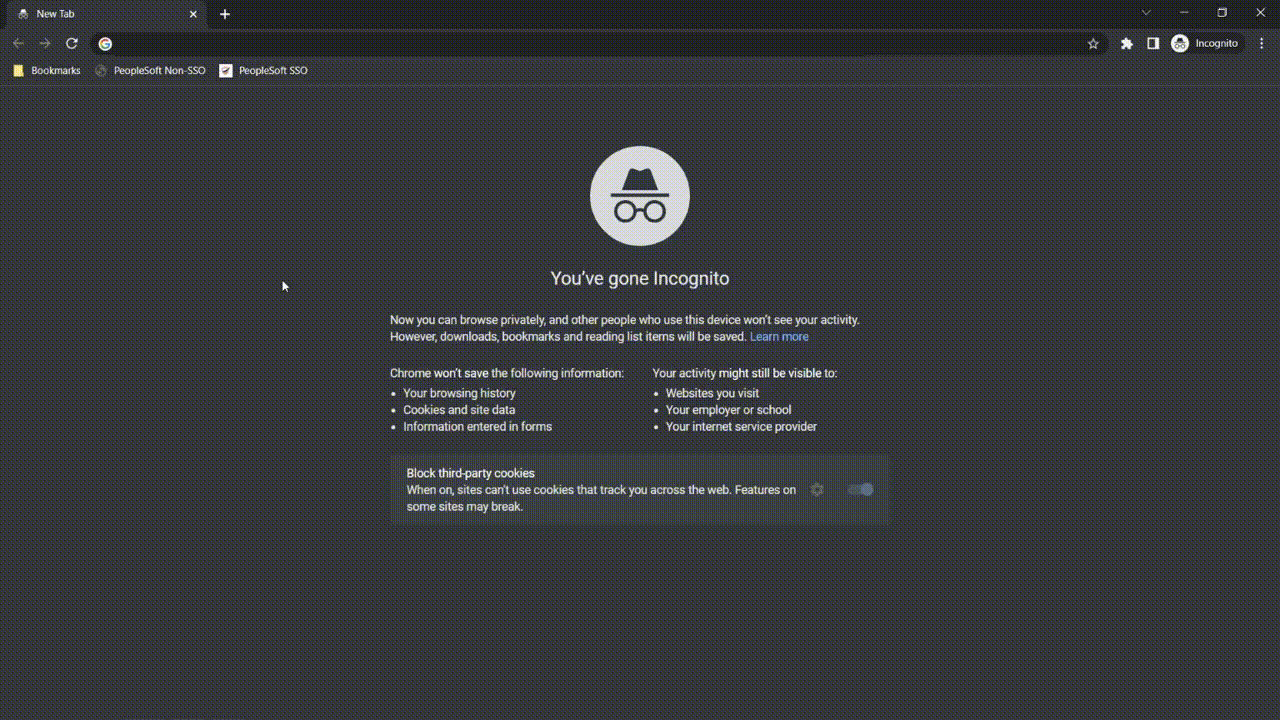
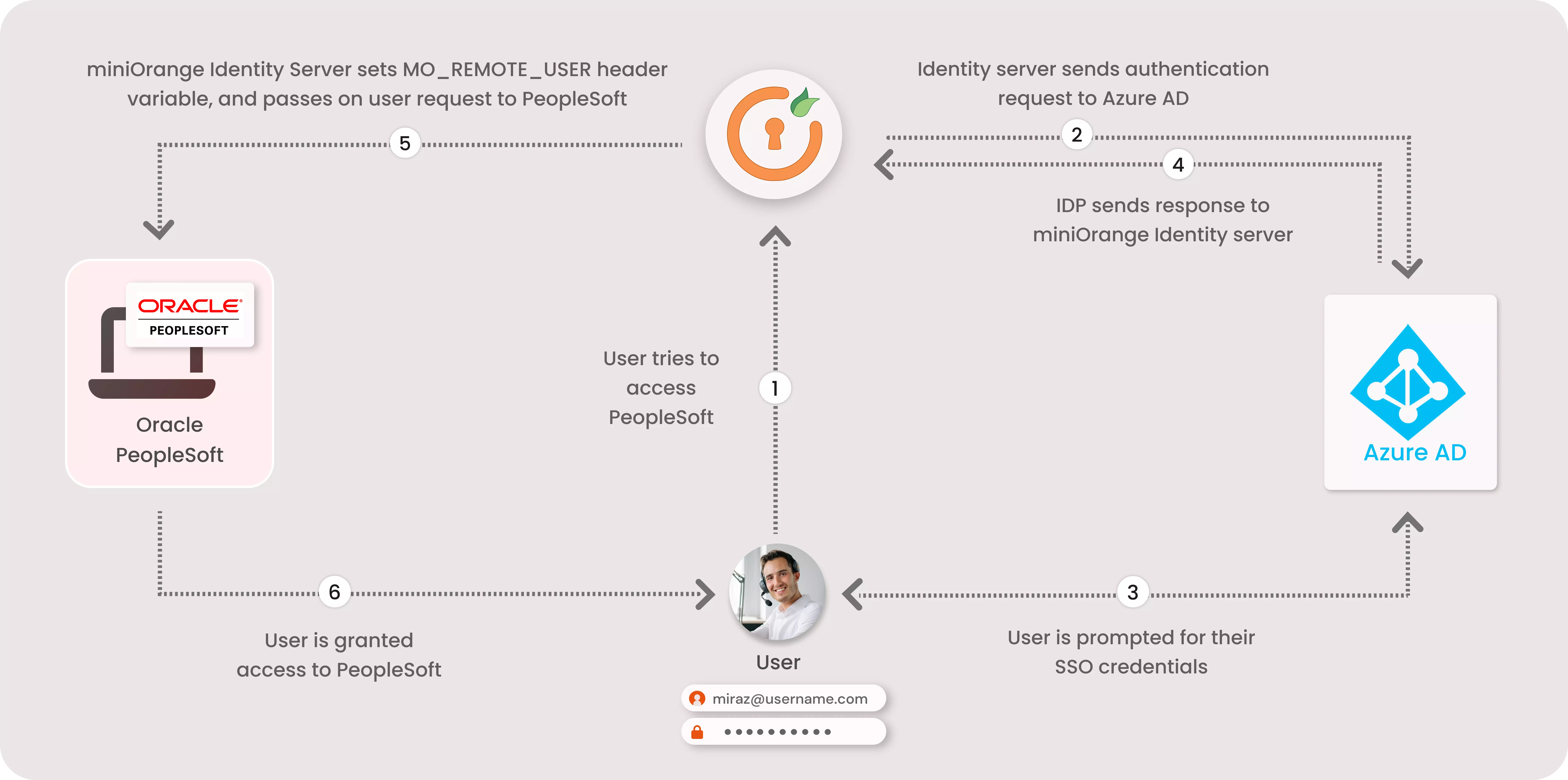
miniOrange provides user authentication from various external sources, which can be Directories (like ADFS, Microsoft Active Directory, OpenLDAP, AWS etc), Identity Providers (like Microsoft Entra ID, Okta, AWS), and many more. You can configure your existing directory/user store or add users in miniOrange.
miniOrange offers 1 hour free help through a consultation call with our System Engineers to Install or Setup PeopleSoft SSO SAML solution in your environment with 30 days free trial. For this, you need to just send us an email at idpsupport@xecurify.com to book a slot and we'll help you setting it up in no time.
1. Applications involved in the deployment
2. Port Configuration

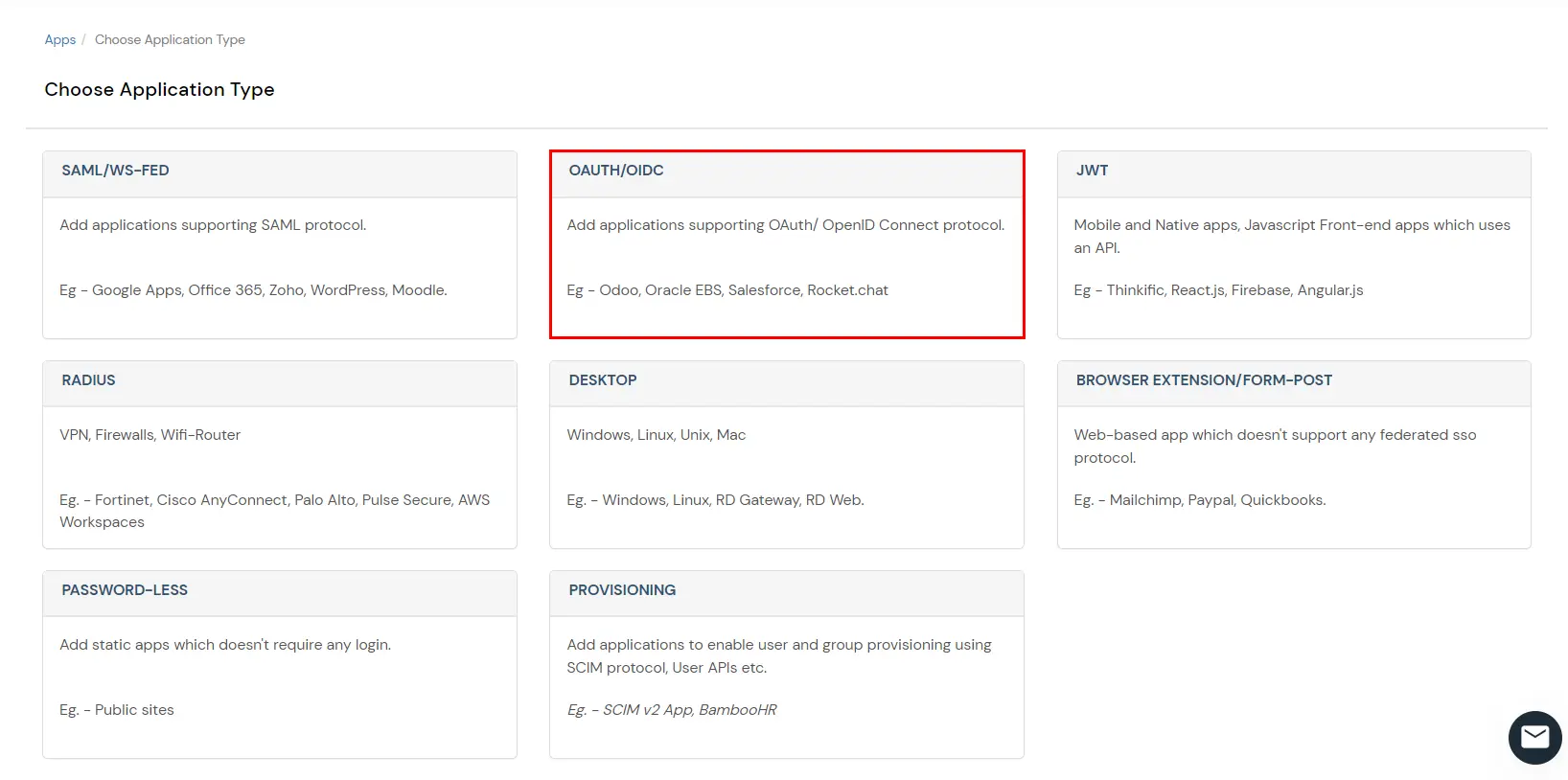
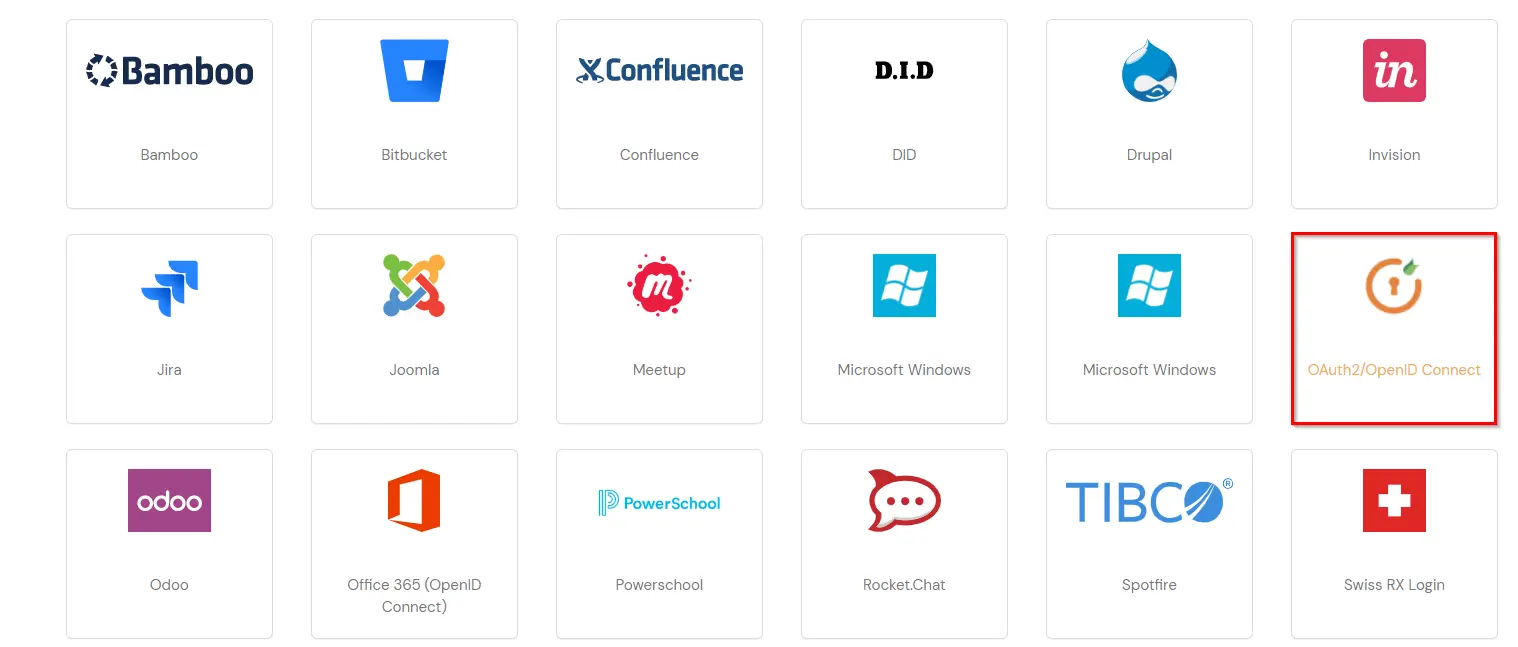
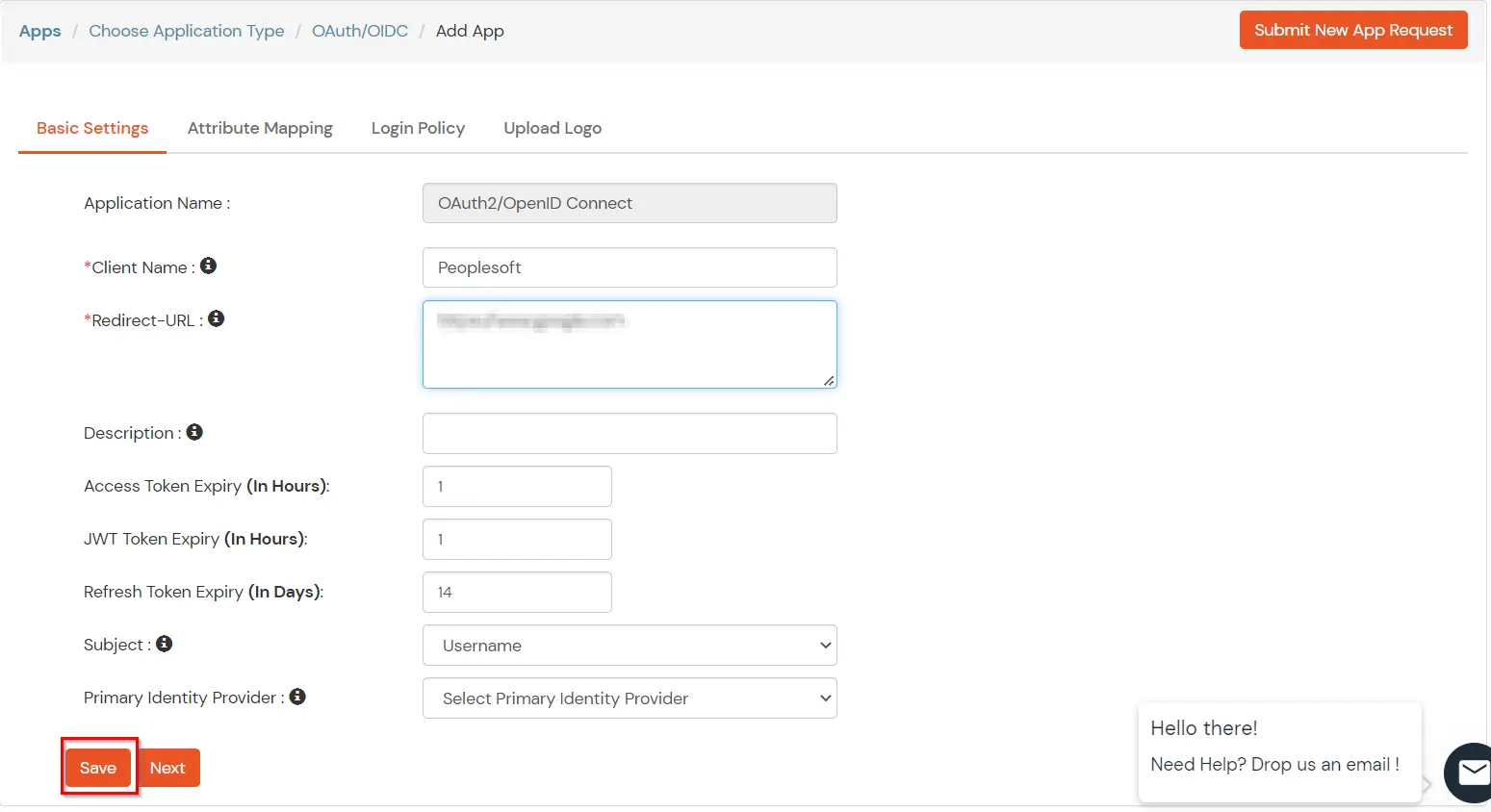
You can edit Application by using the following steps:

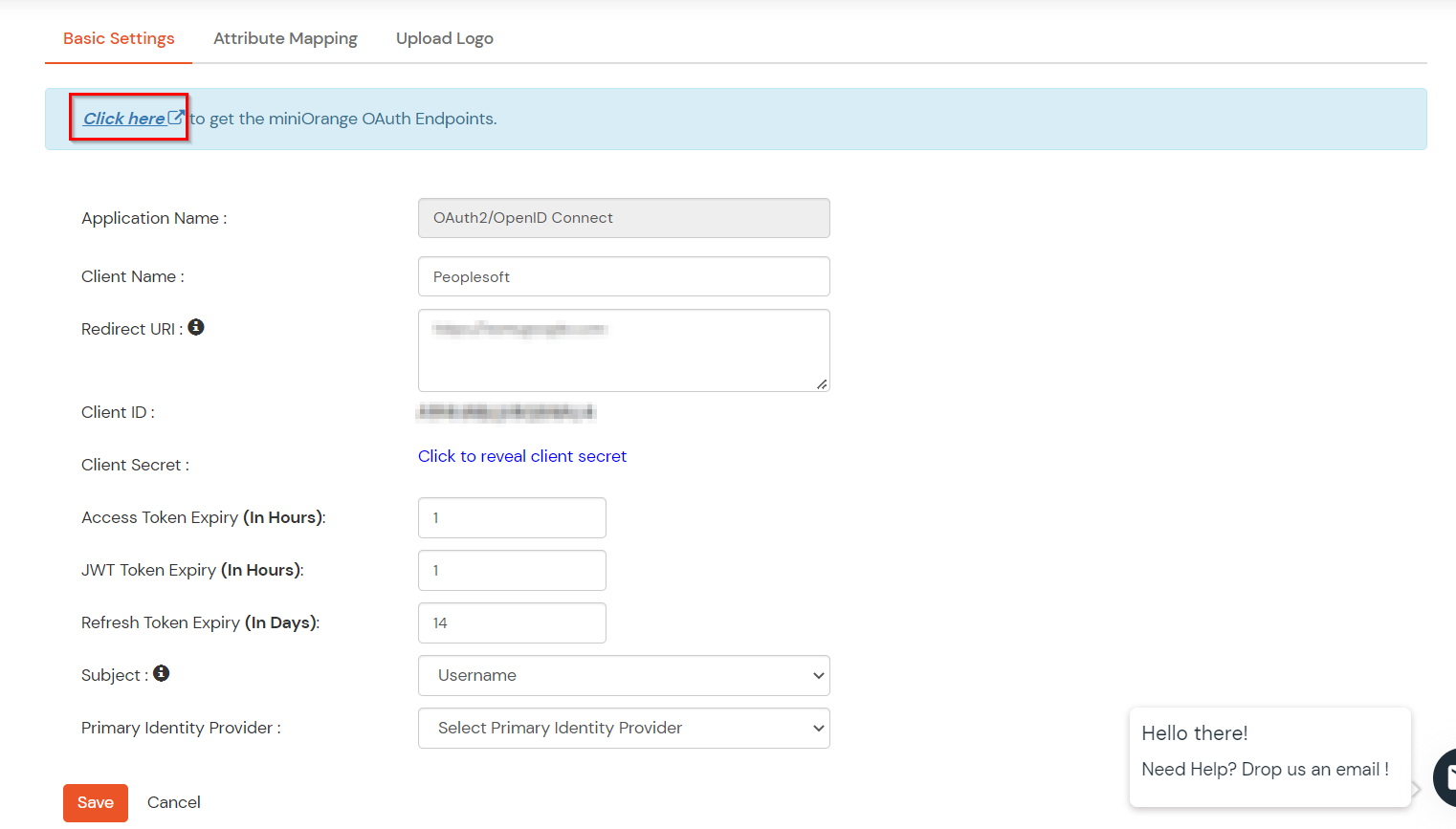
| Authorization Endpoint: | https://login.xecurify.com/moas/idp/openidsso (Note: Use this endpoint only if you want to use miniorange as oauth identity server.) https://login.xecurify.com/moas/broker/login/oauth/260174 (Note: Use this enpoint only if you are configuring any Identity Provider in Identity Providers Menu and not using miniorange as IDP.) |
| Token Endpoint: | https://login.xecurify.com/moas/rest/oauth/token |
| User Info Endpoint: | https://login.xecurify.com/moas/rest/oauth/getuserinfo |
| Introspection Endpoint: | https://login.xecurify.com/moas/rest/oauth/introspect |
| Revoke Endpoint: | https://login.xecurify.com/moas/rest/oauth/revoke |
| OpenID Single Logout Endpoint: | https://login.xecurify.com/moas/idp/oidc/logout?post_logout_redirect_uri=<YOUR-APP-LOGOUT-URL> |
| email: | View email address of the user |
| profile: | View profile attributes of the user account |
| openid: | Retrieve JWT token for OpenID Connect |
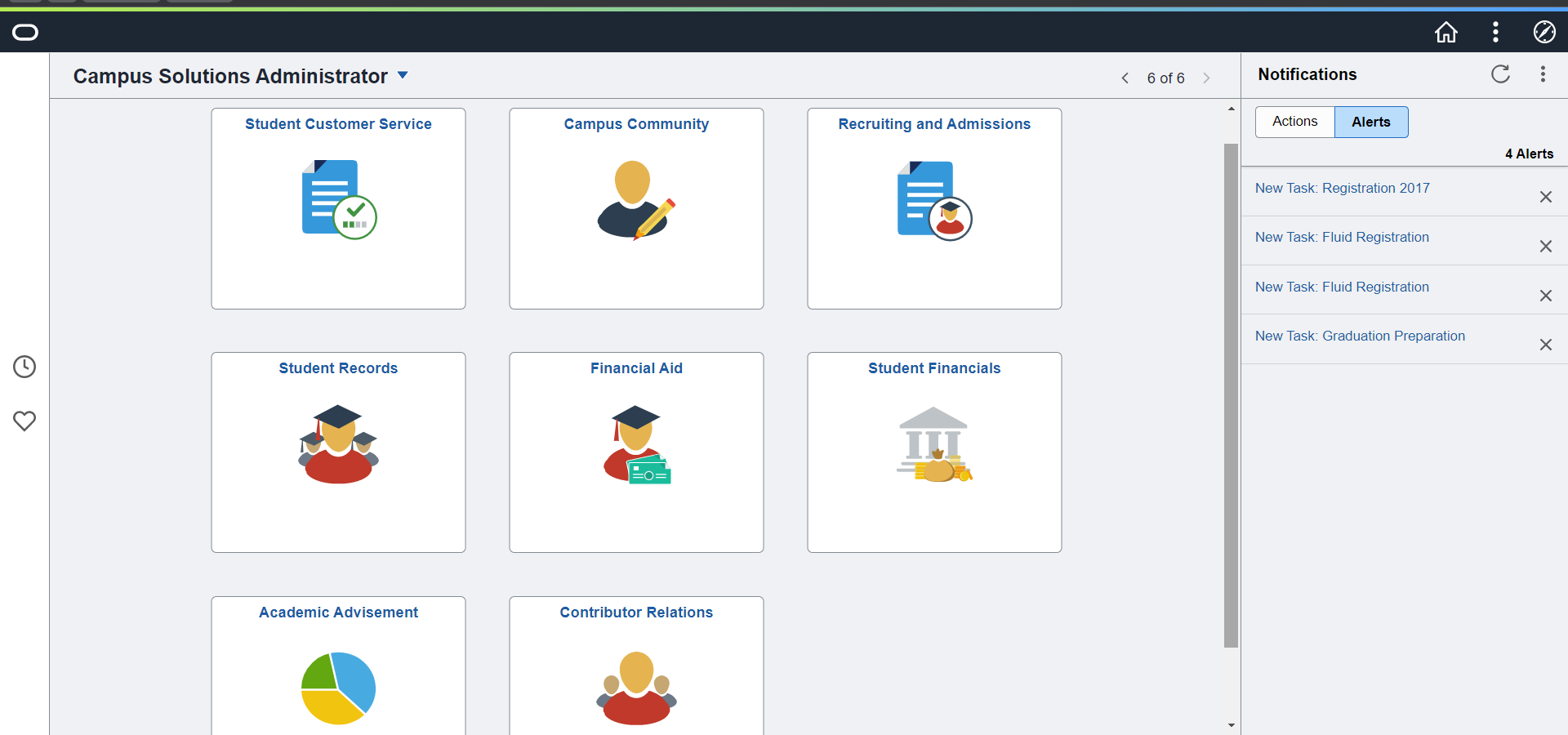
| User ID | SSO |
| Symbolic ID | Blank |
| ID Type | None |
| Role | PeopleSoft User |
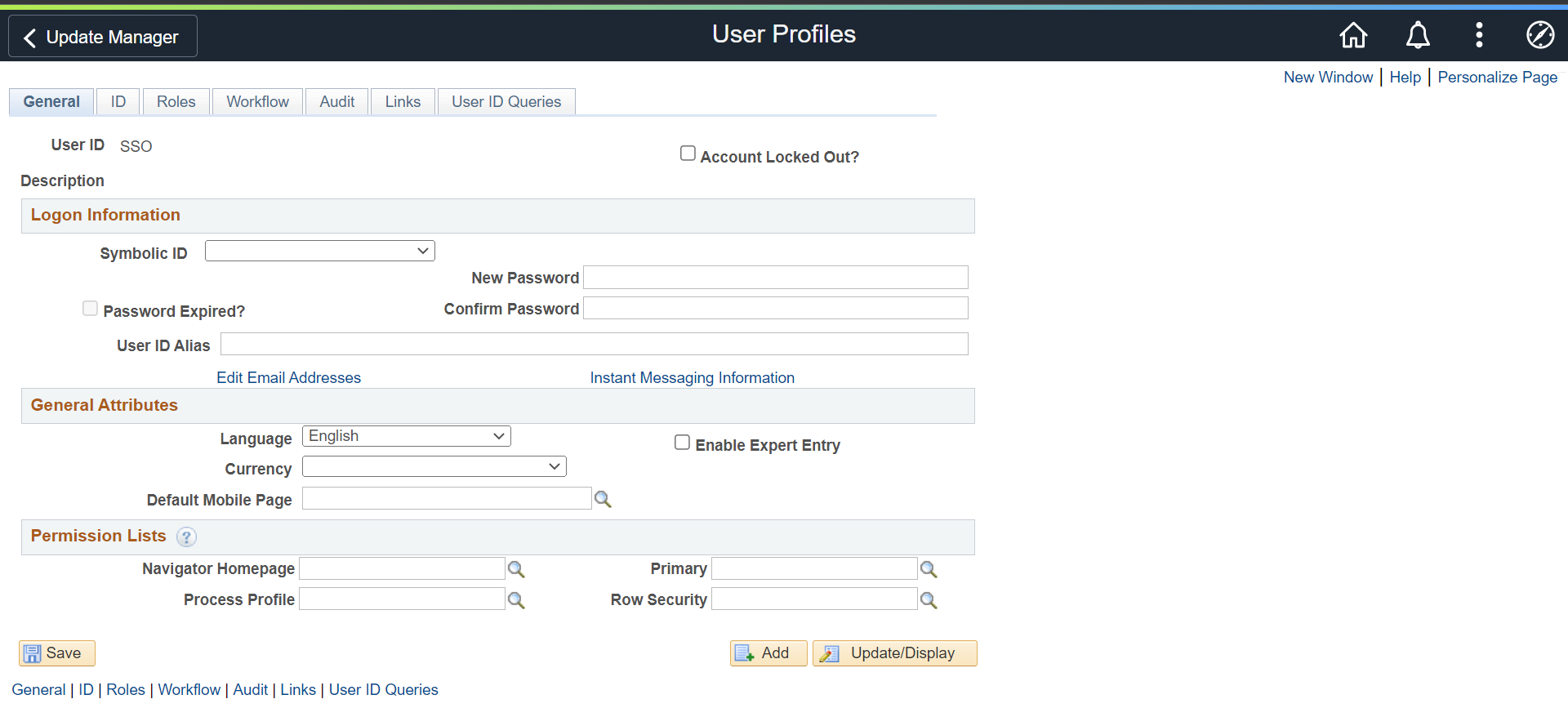
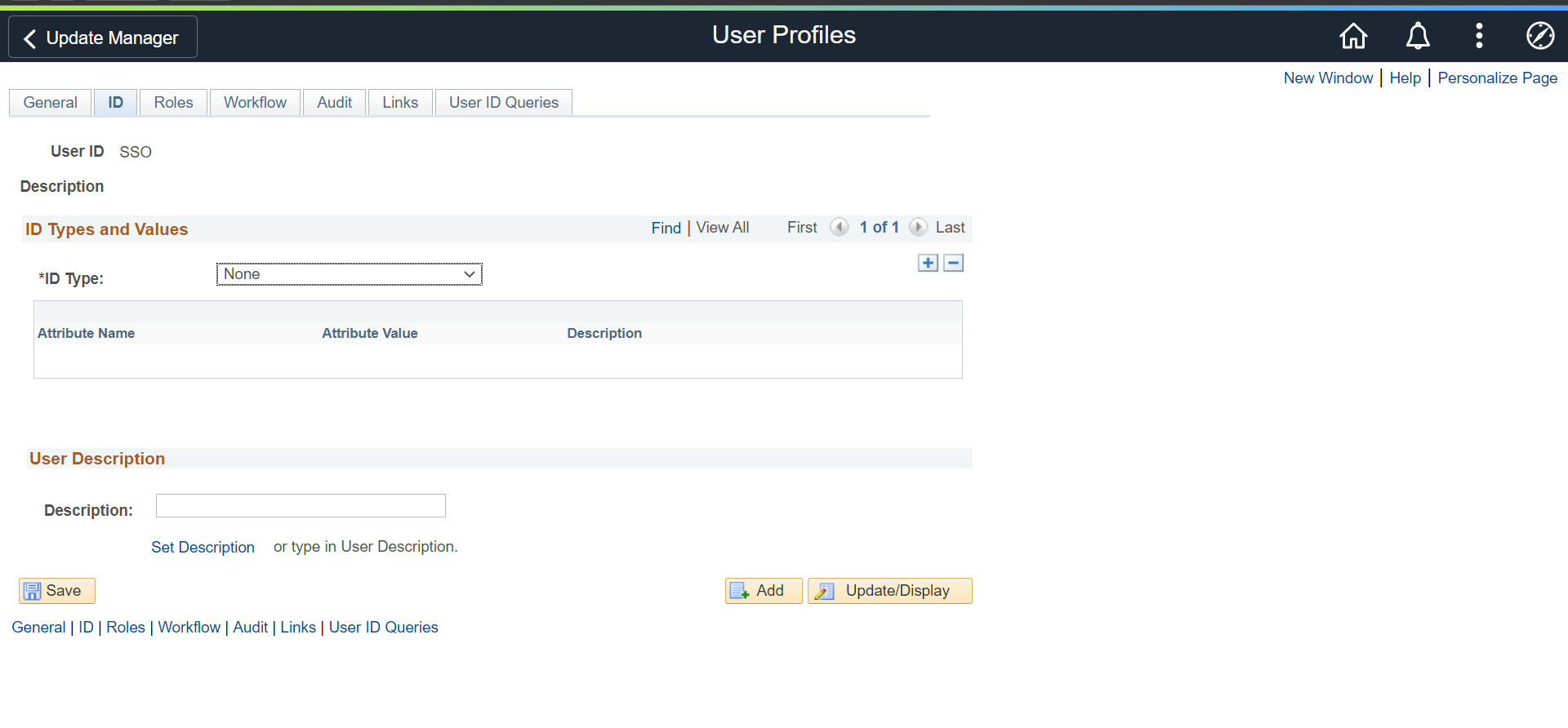
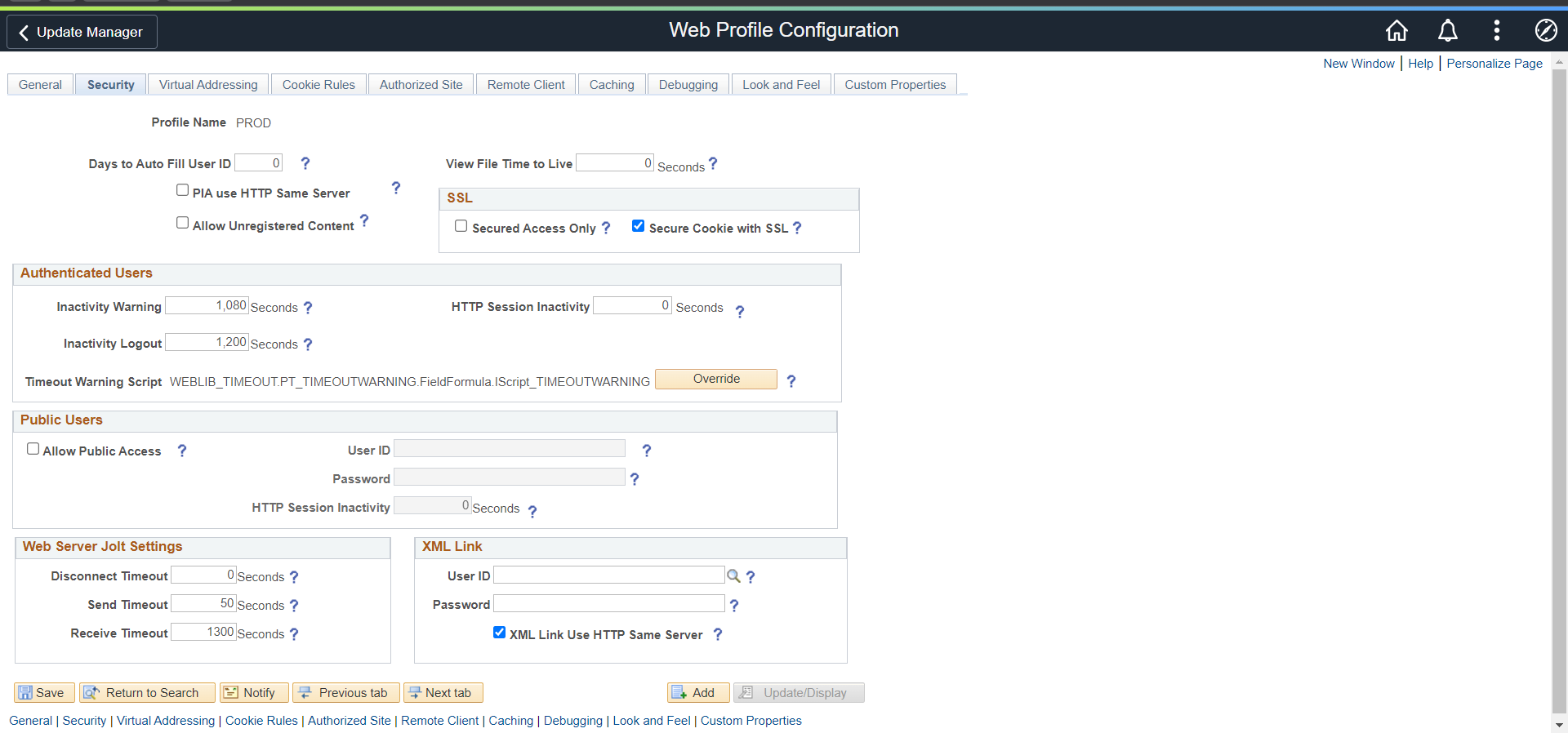
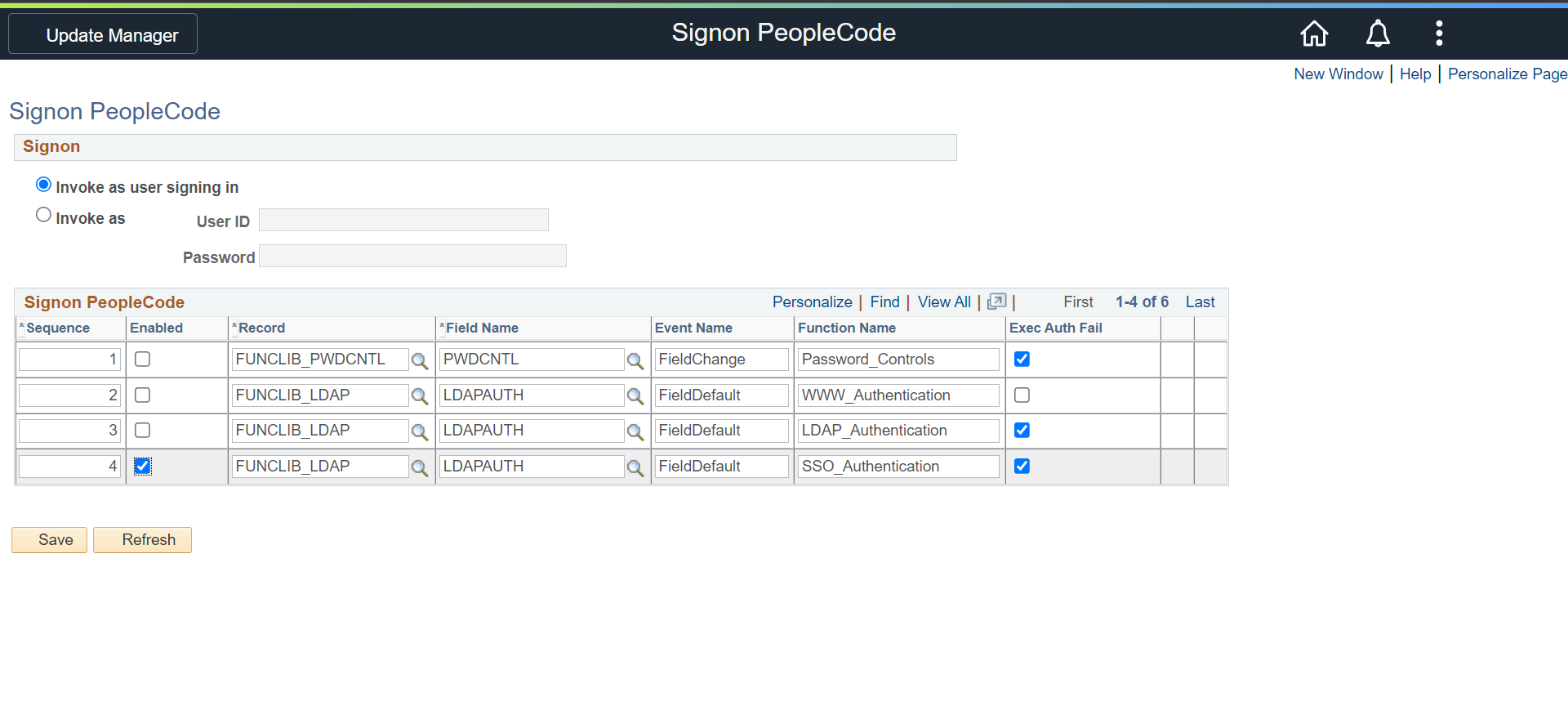
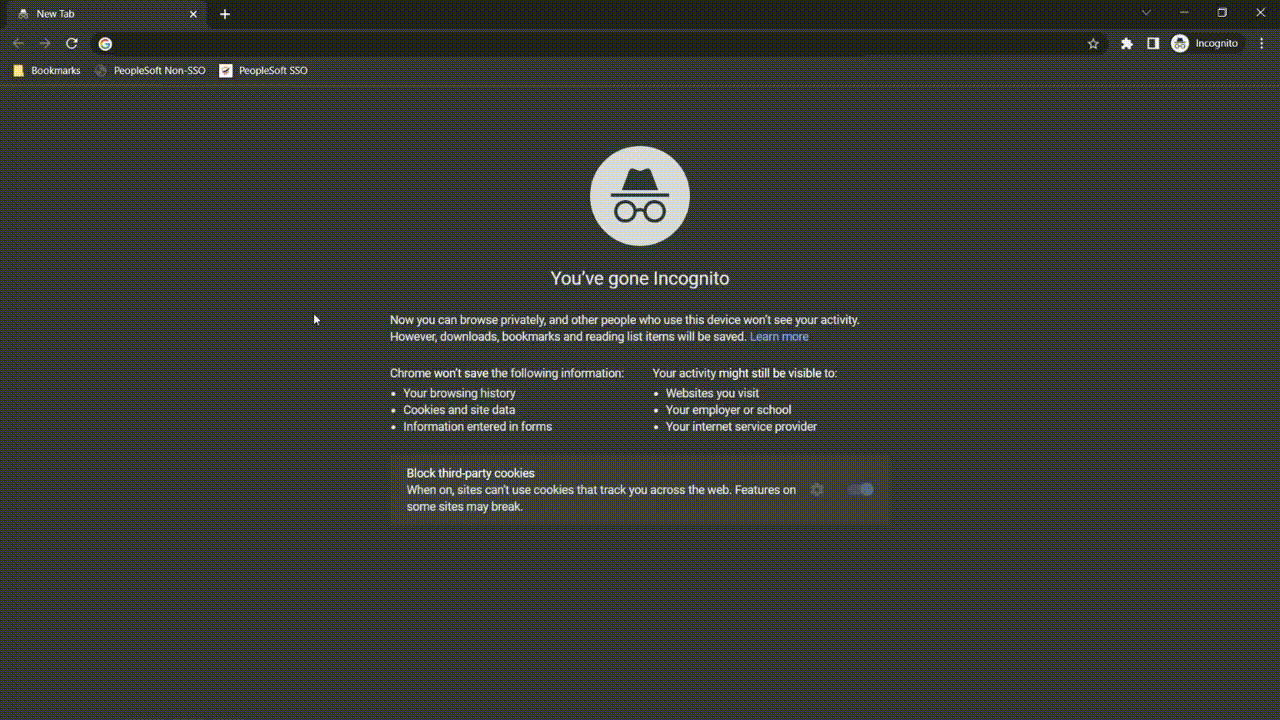

miniOrange provides user authentication from various external sources, which can be Directories (like ADFS, Microsoft Active Directory, Microsoft Entra ID, OpenLDAP, Google, AWS Cognito etc), Identity Providers (like Okta, Shibboleth, Ping, OneLogin, KeyCloak), Databases (like MySQL, Maria DB, PostgreSQL) and many more. You can configure your existing directory/user store or add users in miniOrange.
1. Create User in miniOrange

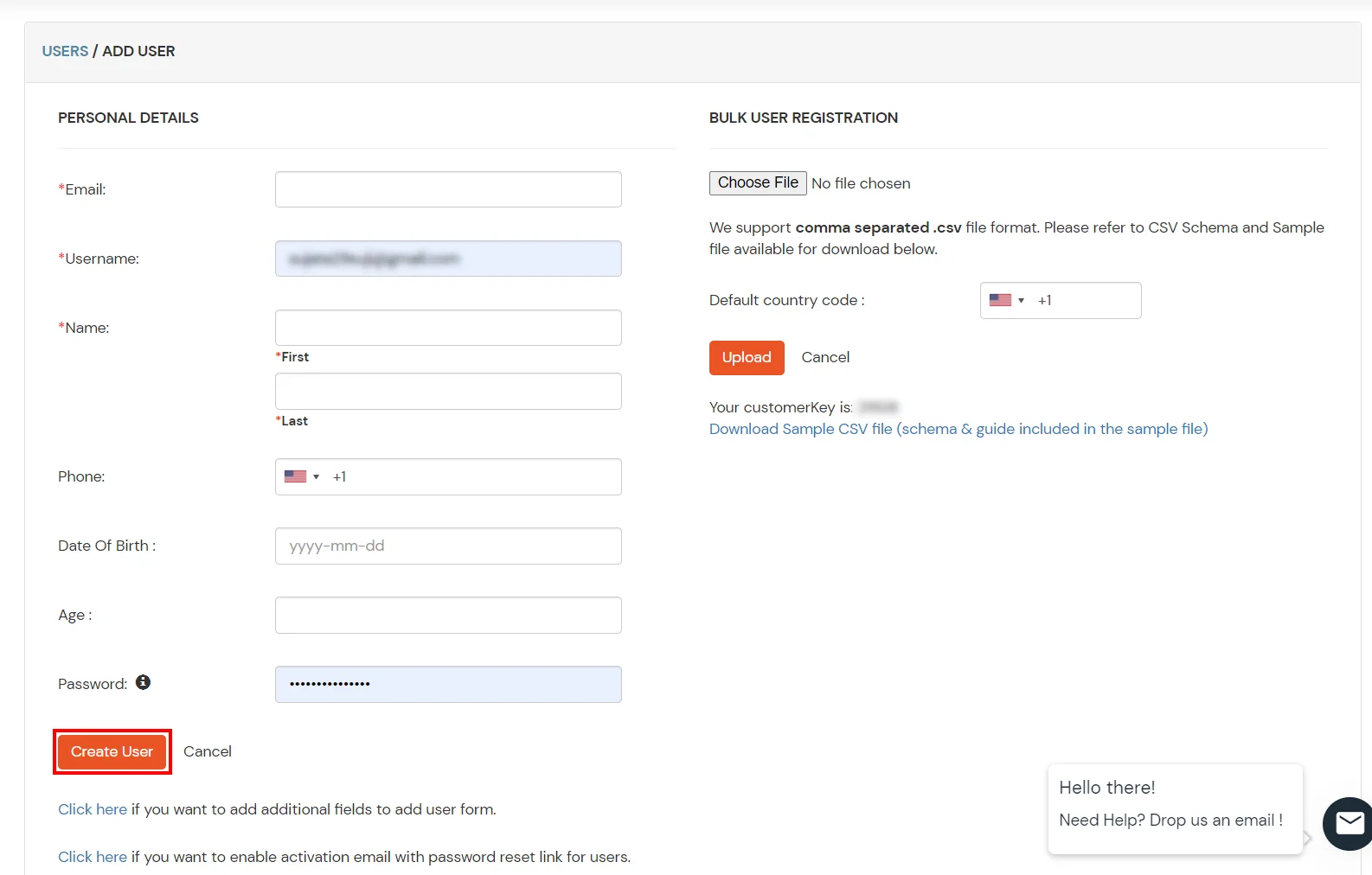
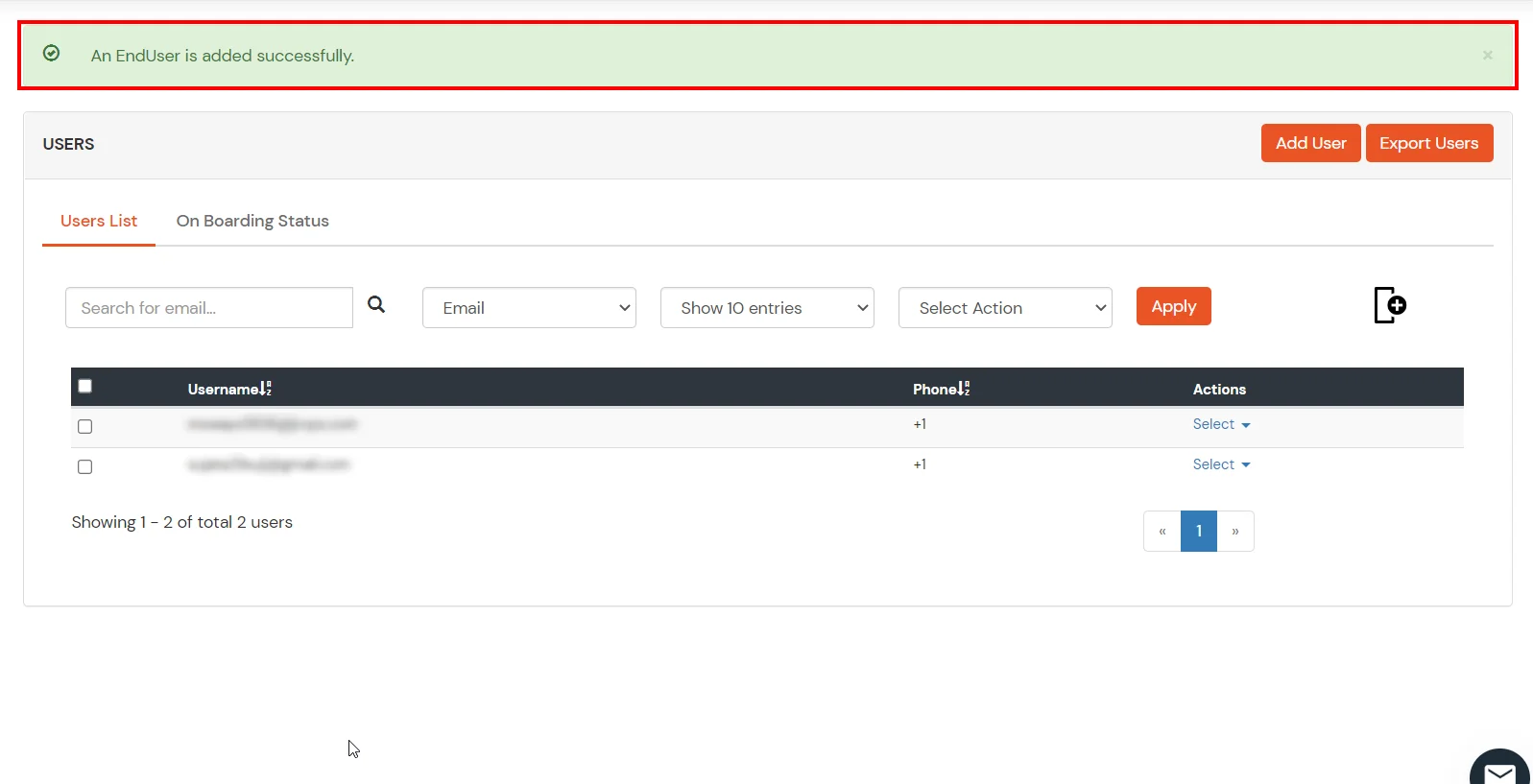
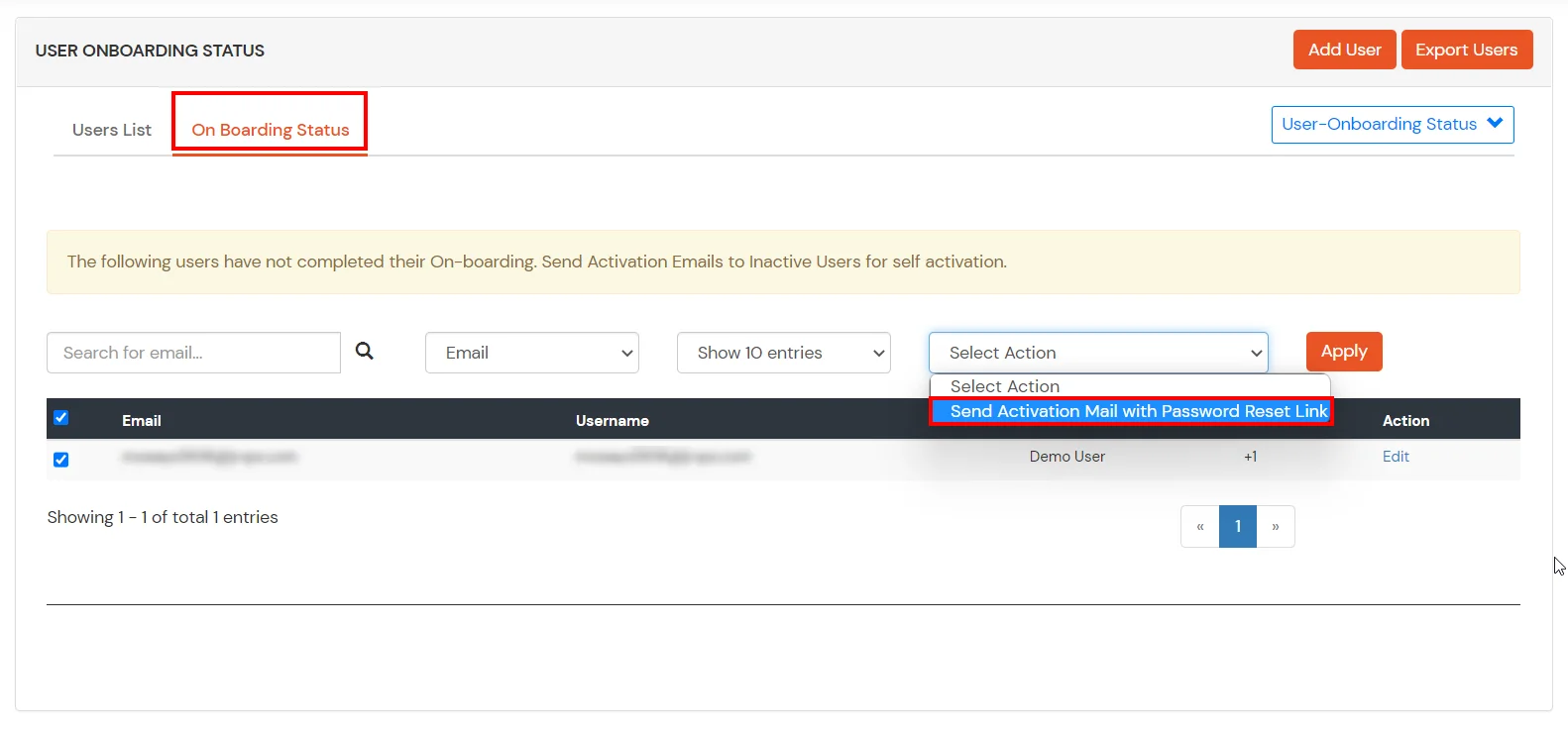
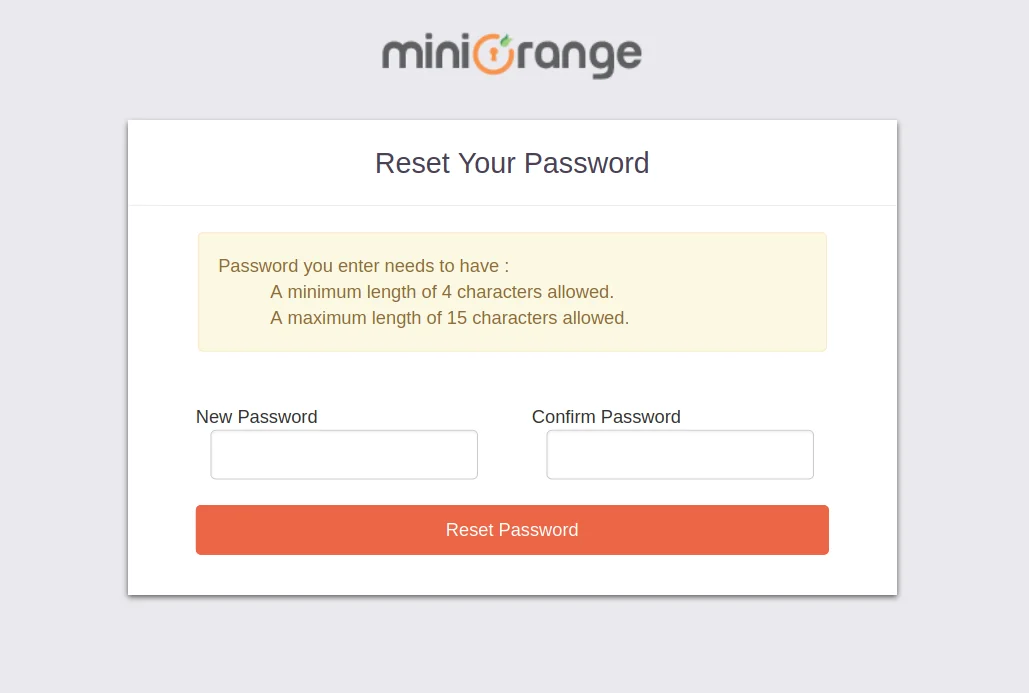
2. Bulk Upload Users in miniOrange via Uploading CSV File.
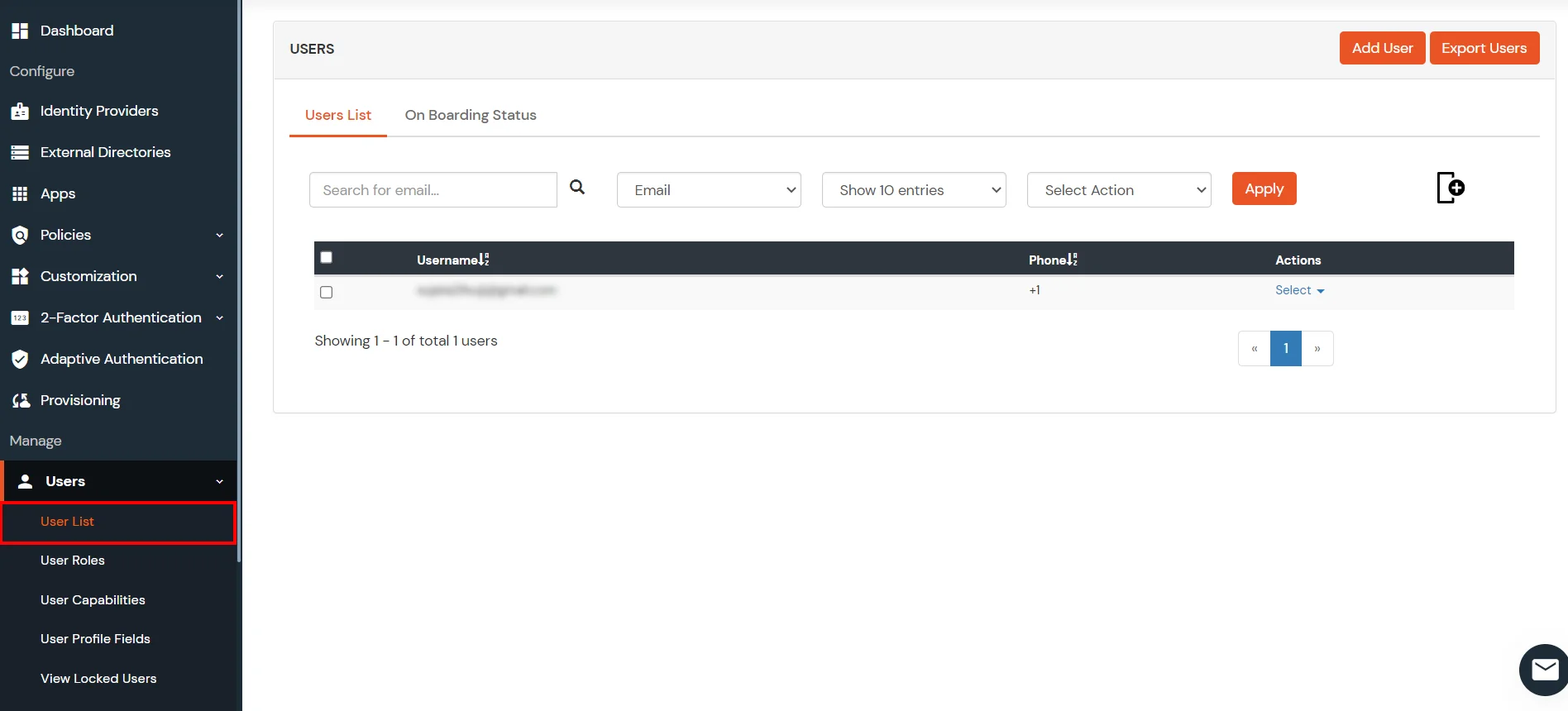
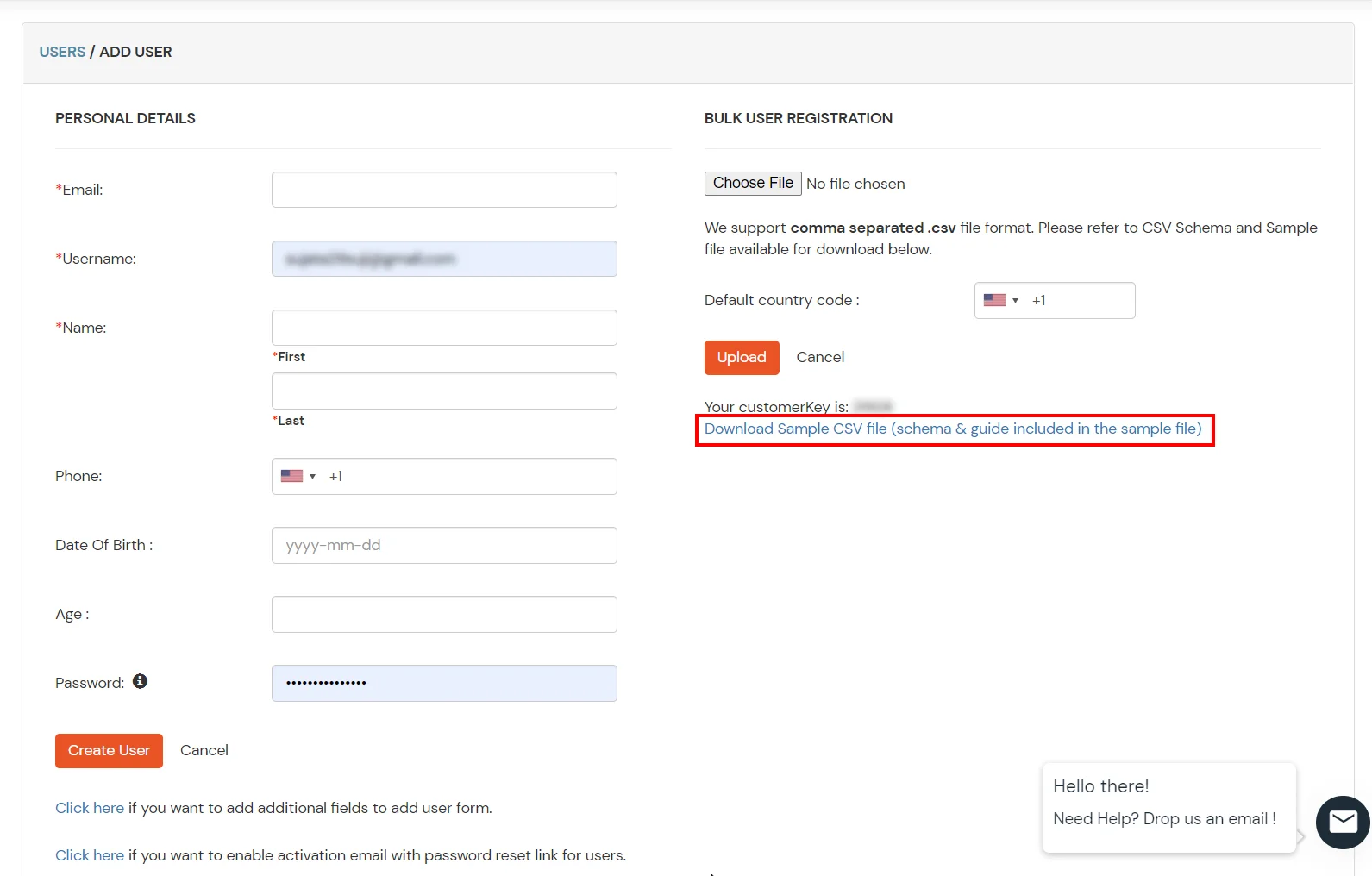
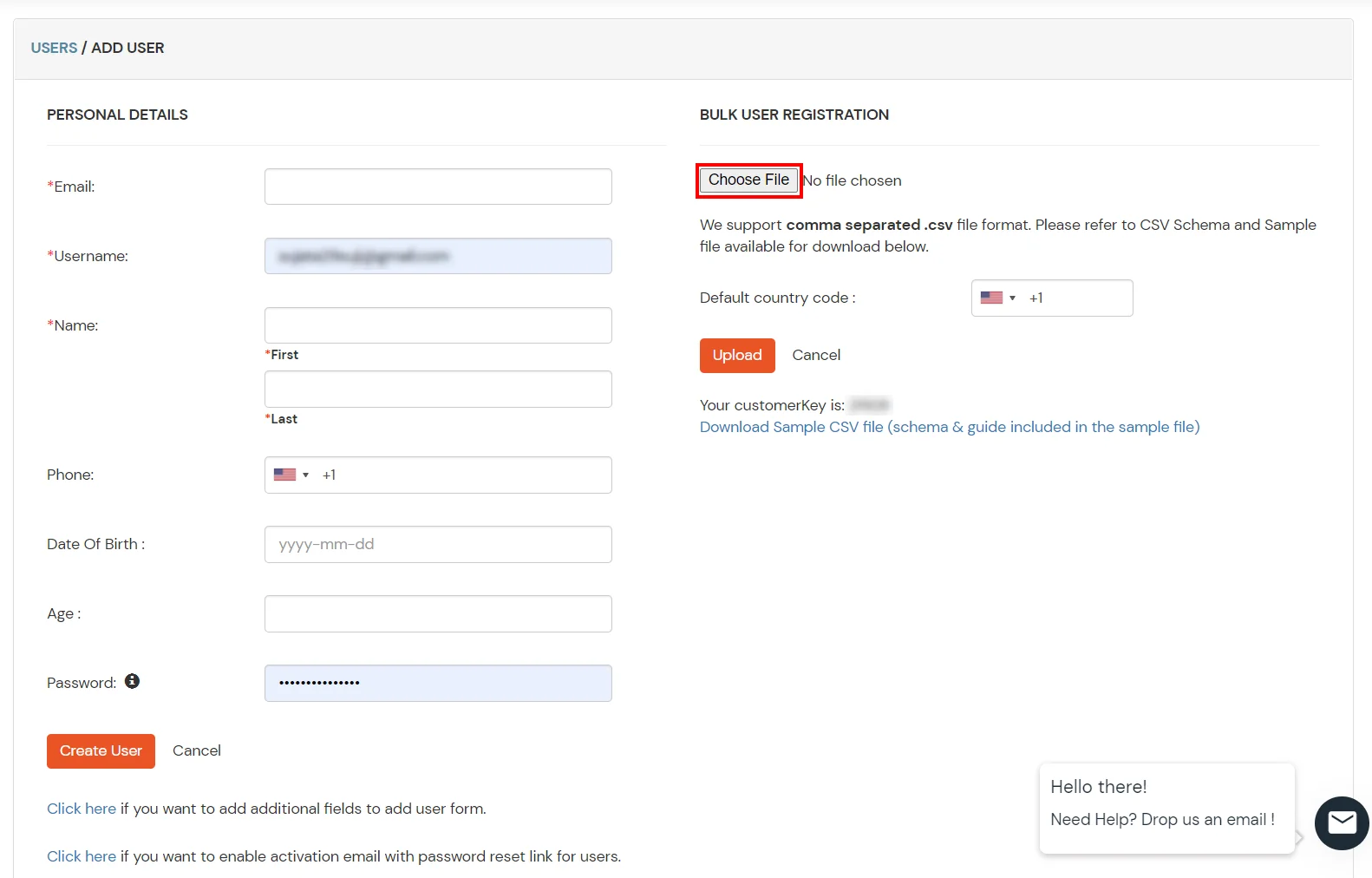
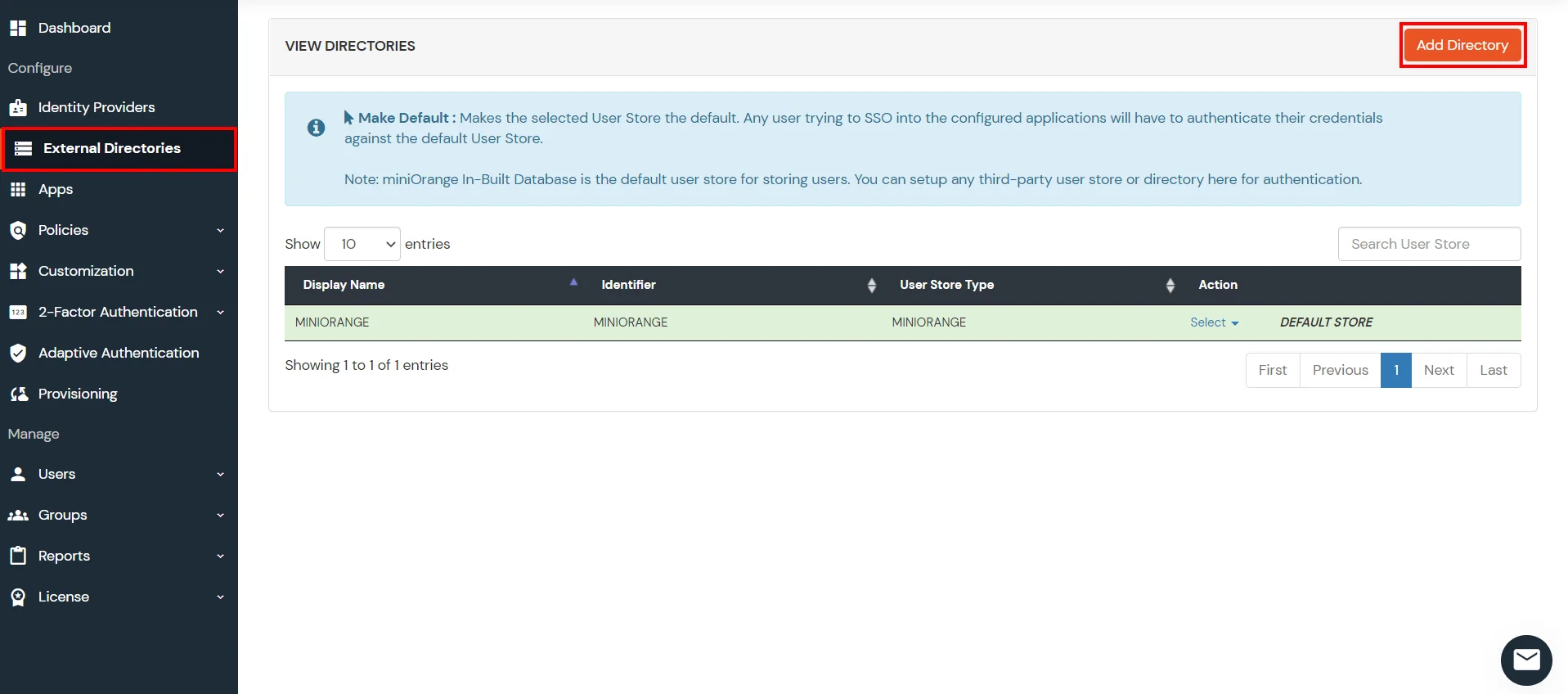

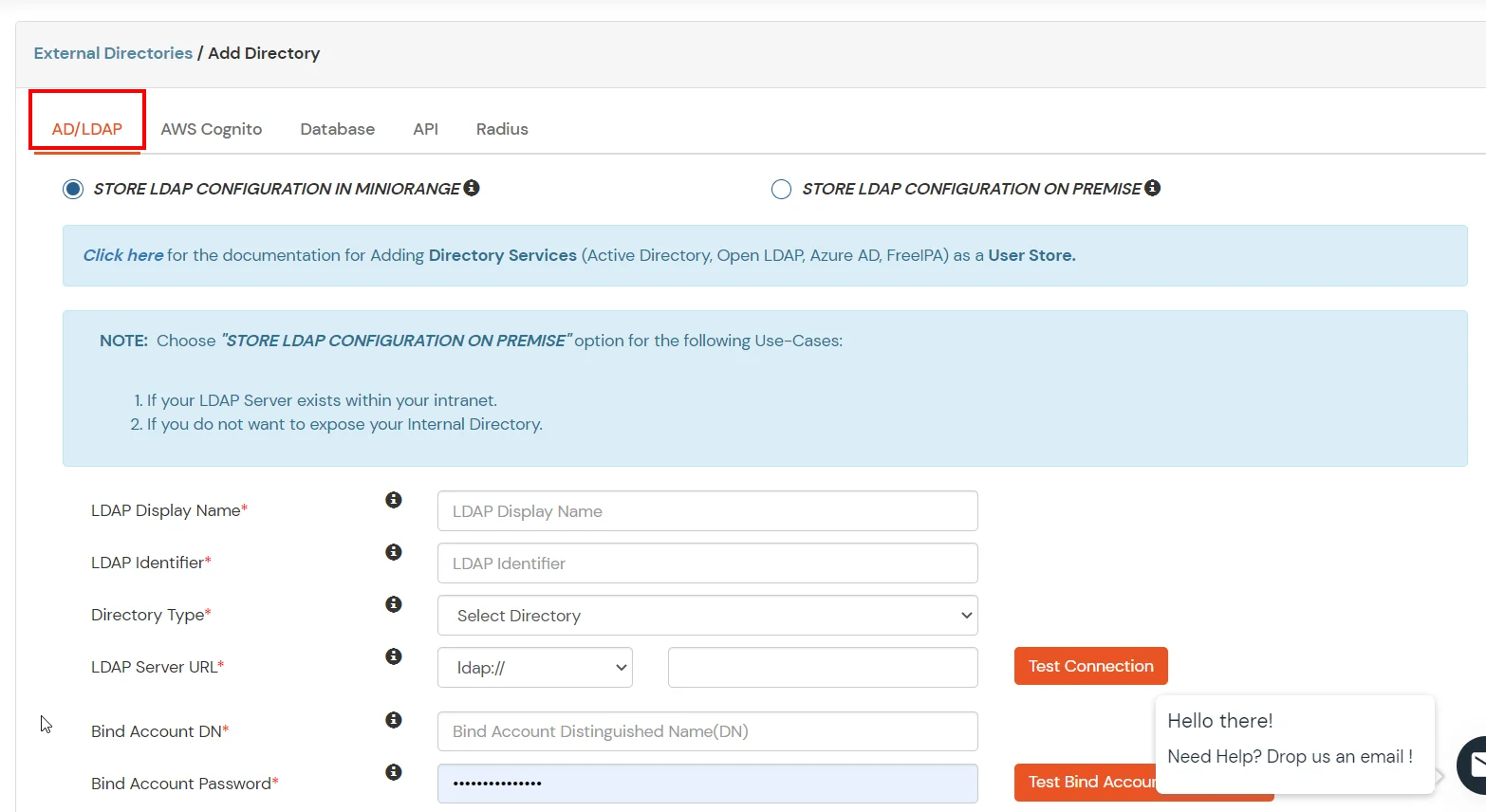
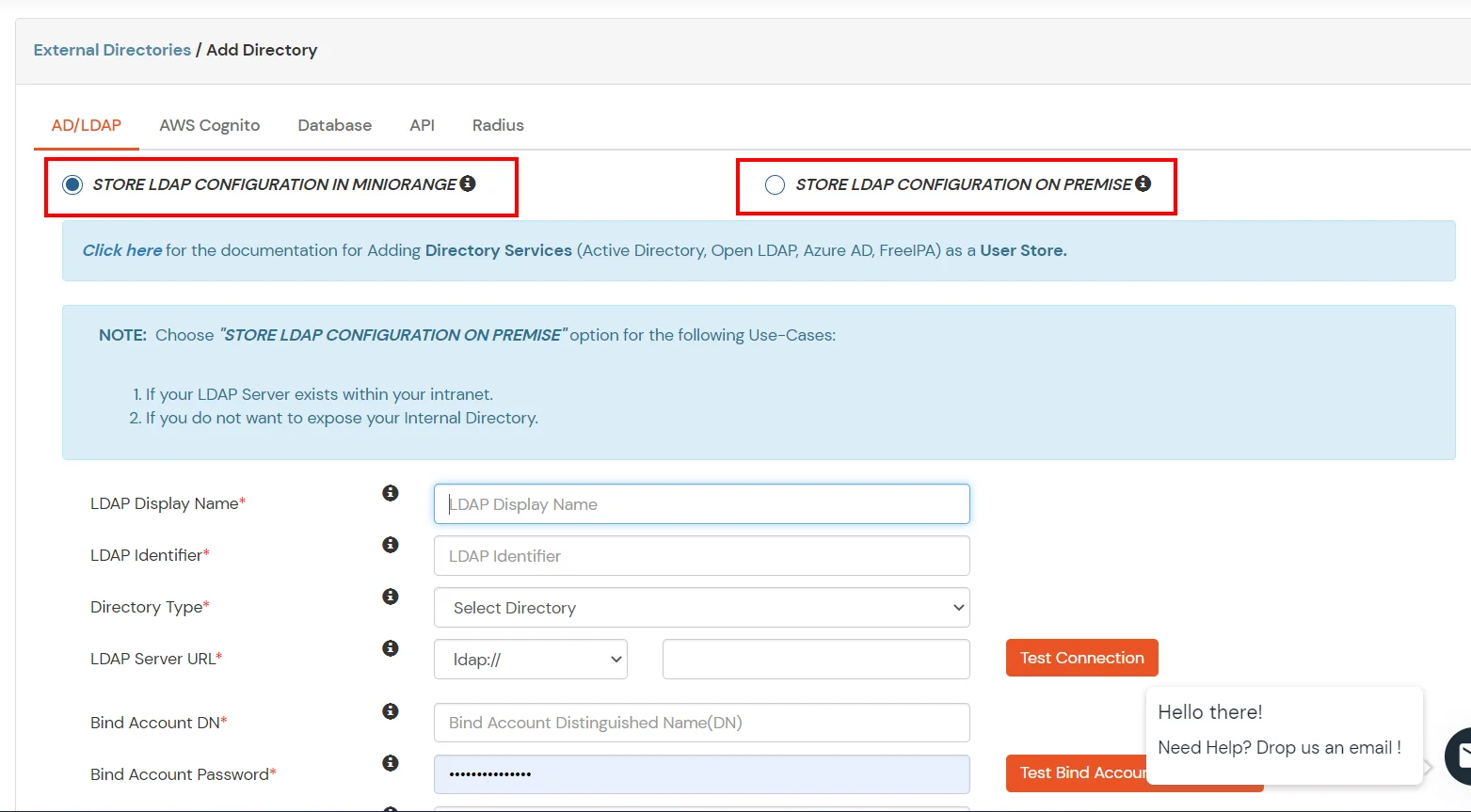
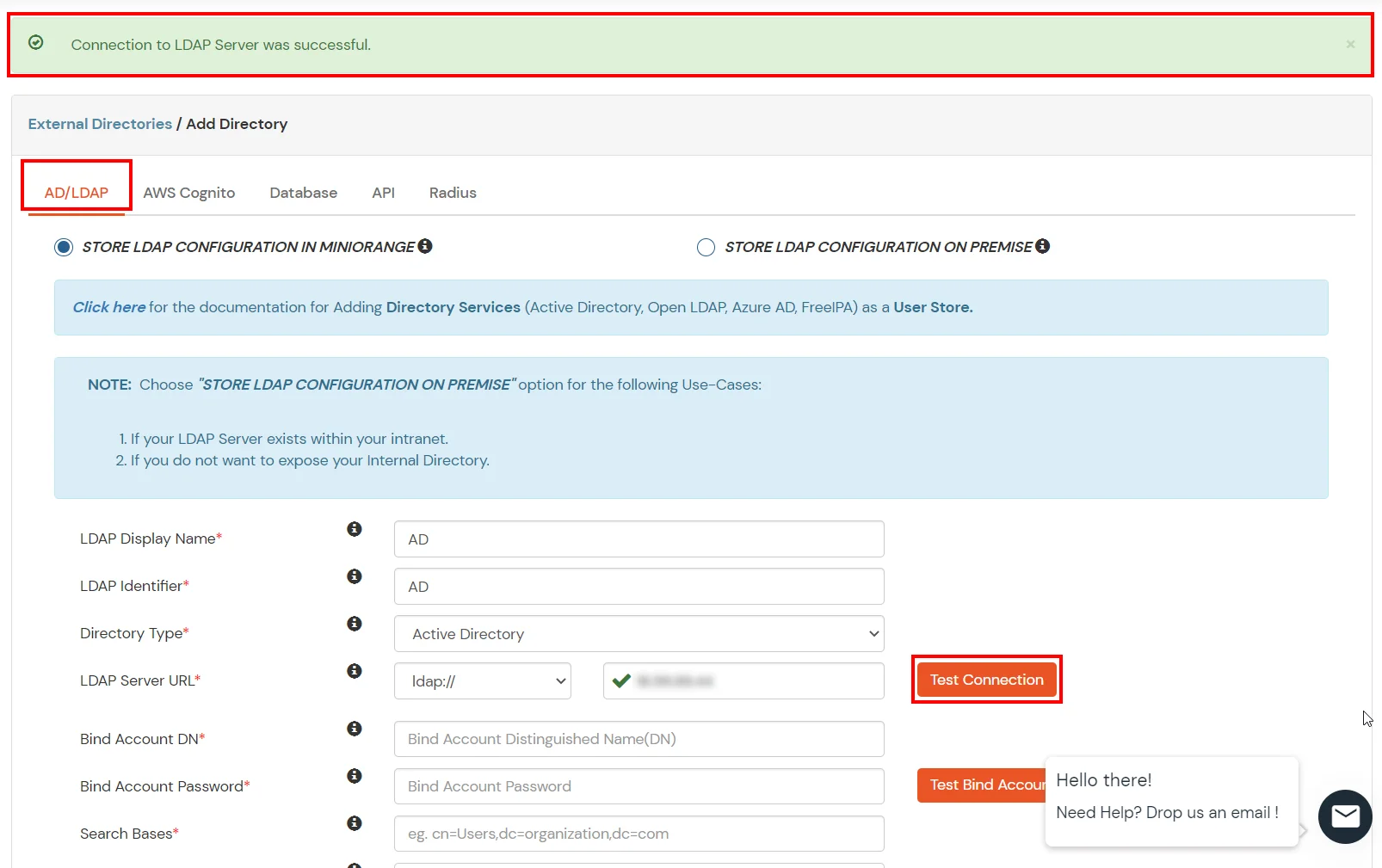
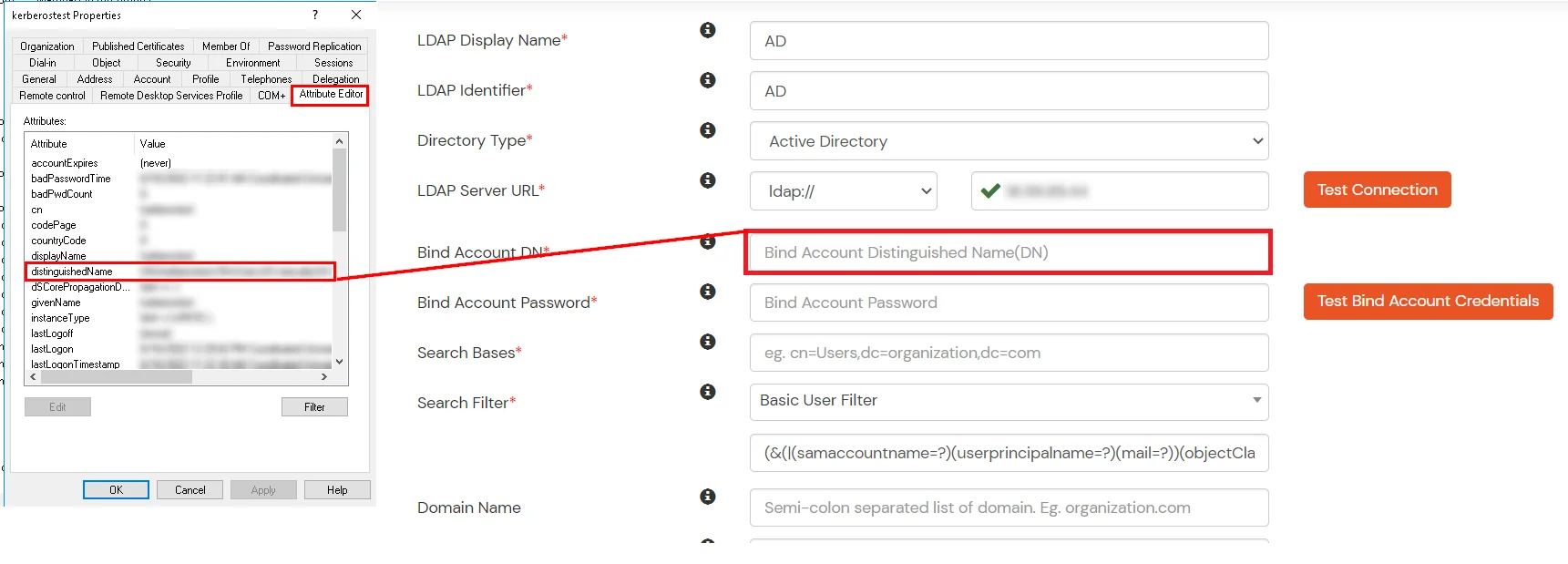
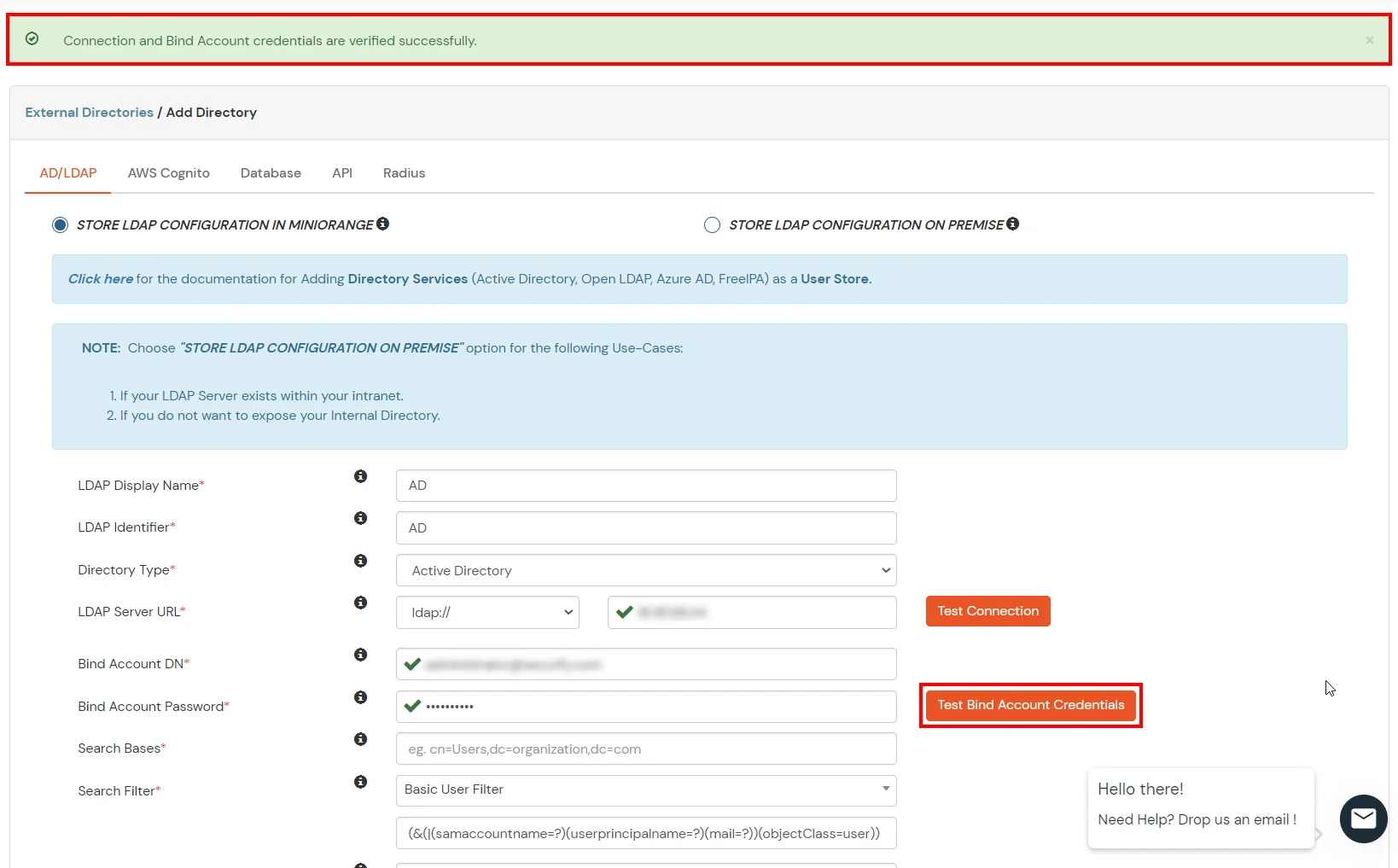
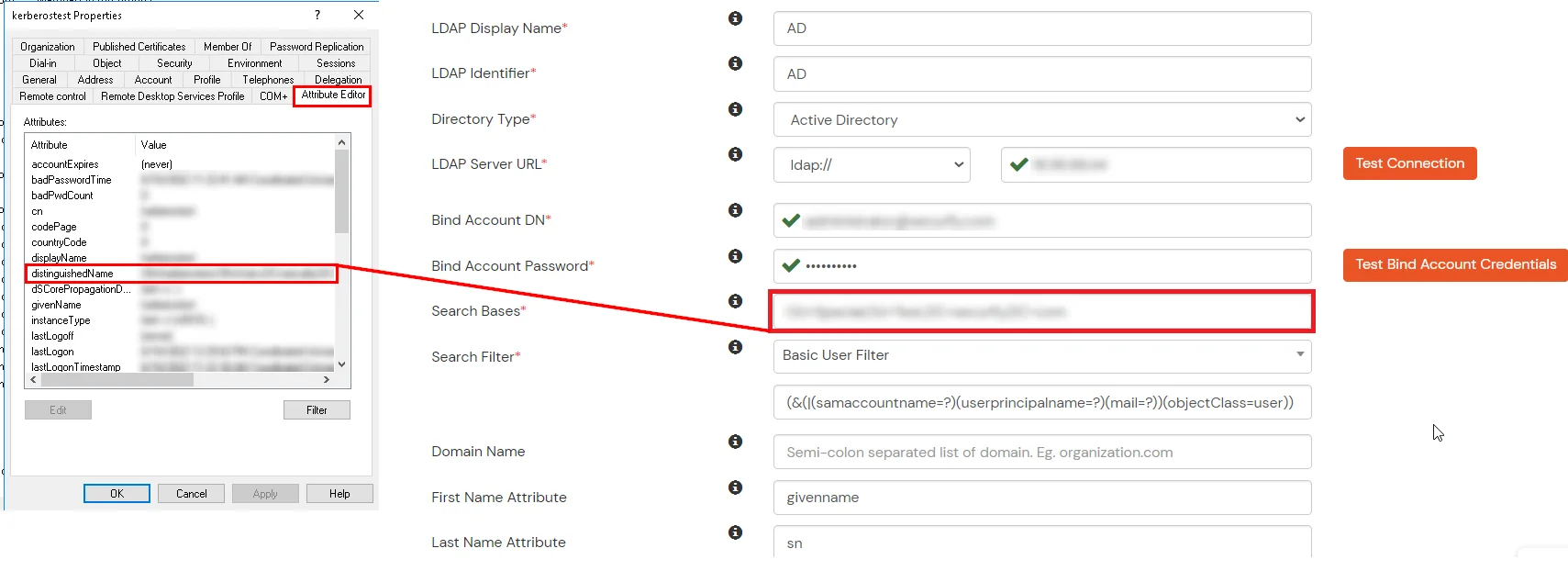
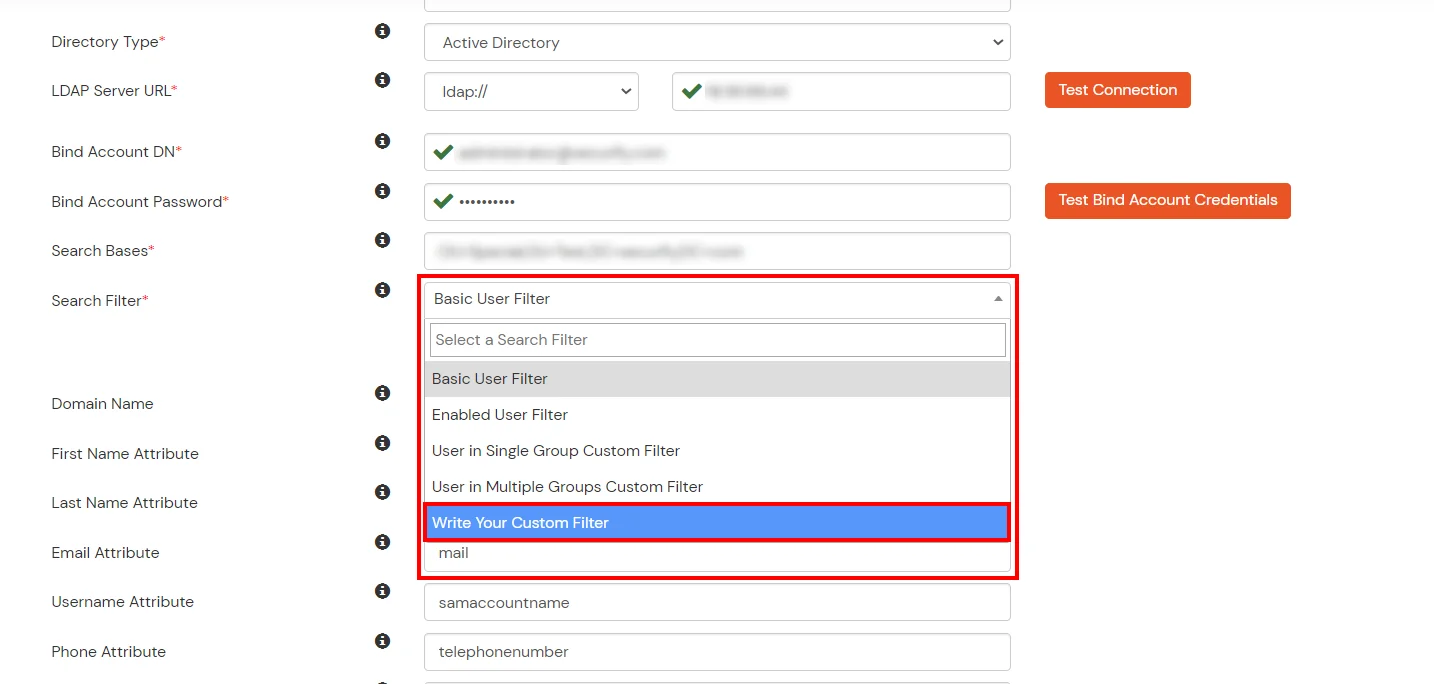
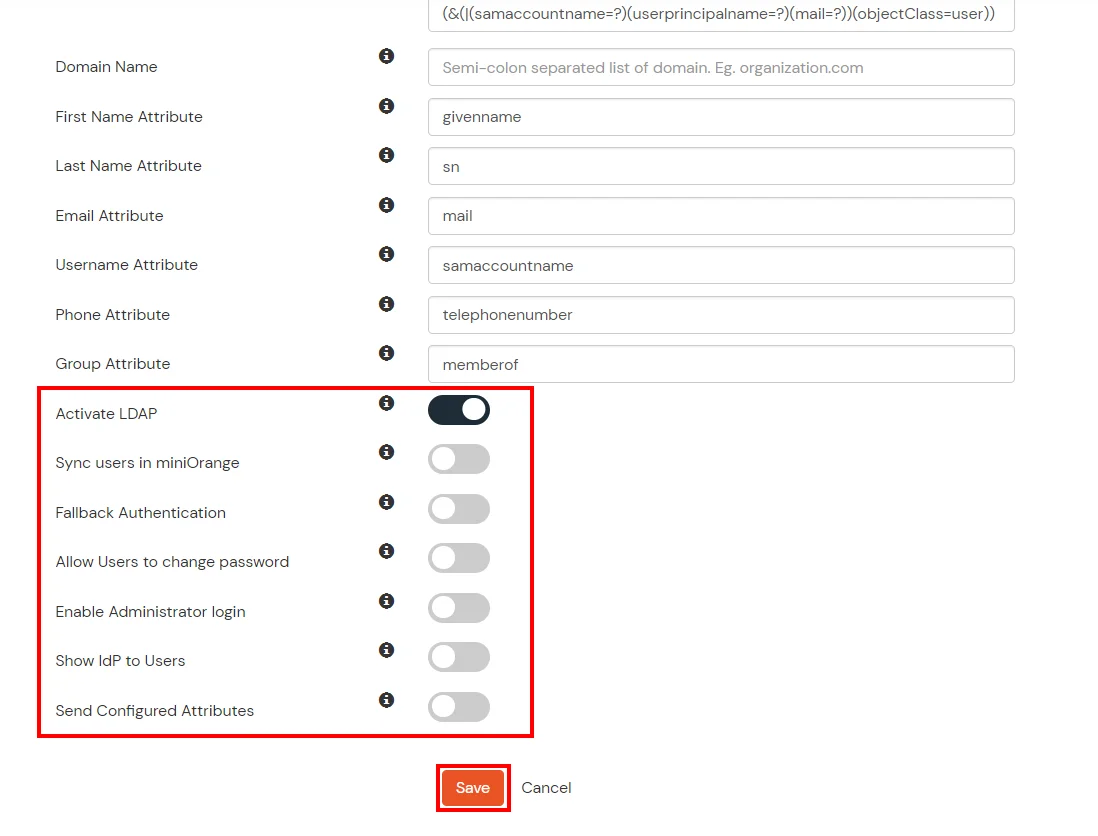
Here's the list of the attributes and what it does when we enable it. You can enable/disable accordingly.
| Attribute | Description |
|---|---|
| Activate LDAP | All user authentications will be done with LDAP credentials if you Activate it |
| Fallback Authentication | If LDAP credentials fail then user will be authenticated through miniOrange |
| Enable administrator login | On enabling this, your miniOrange Administrator login authenticates using your LDAP server |
| Show IdP to users | If you enable this option, this IdP will be visible to users |
| Sync users in miniOrange | Users will be created in miniOrange after authentication with LDAP |
Attribute Name sent to SP = organization
Attribute Name from IDP = company
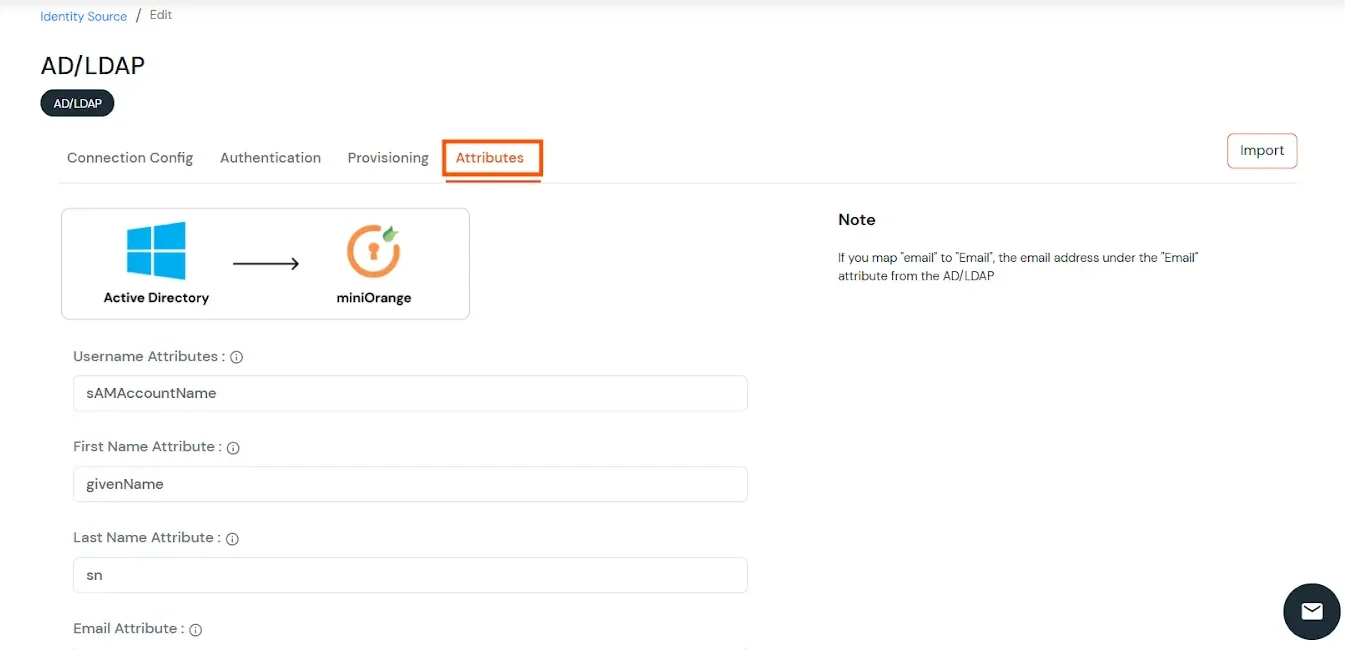
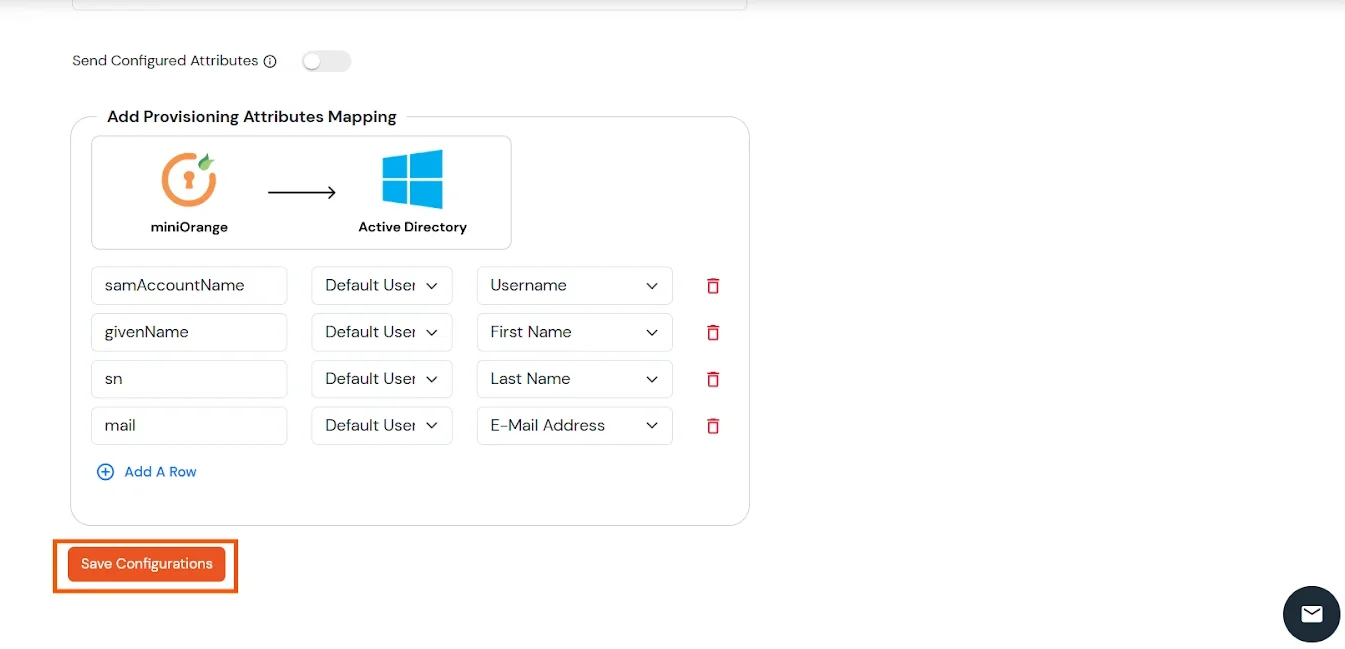
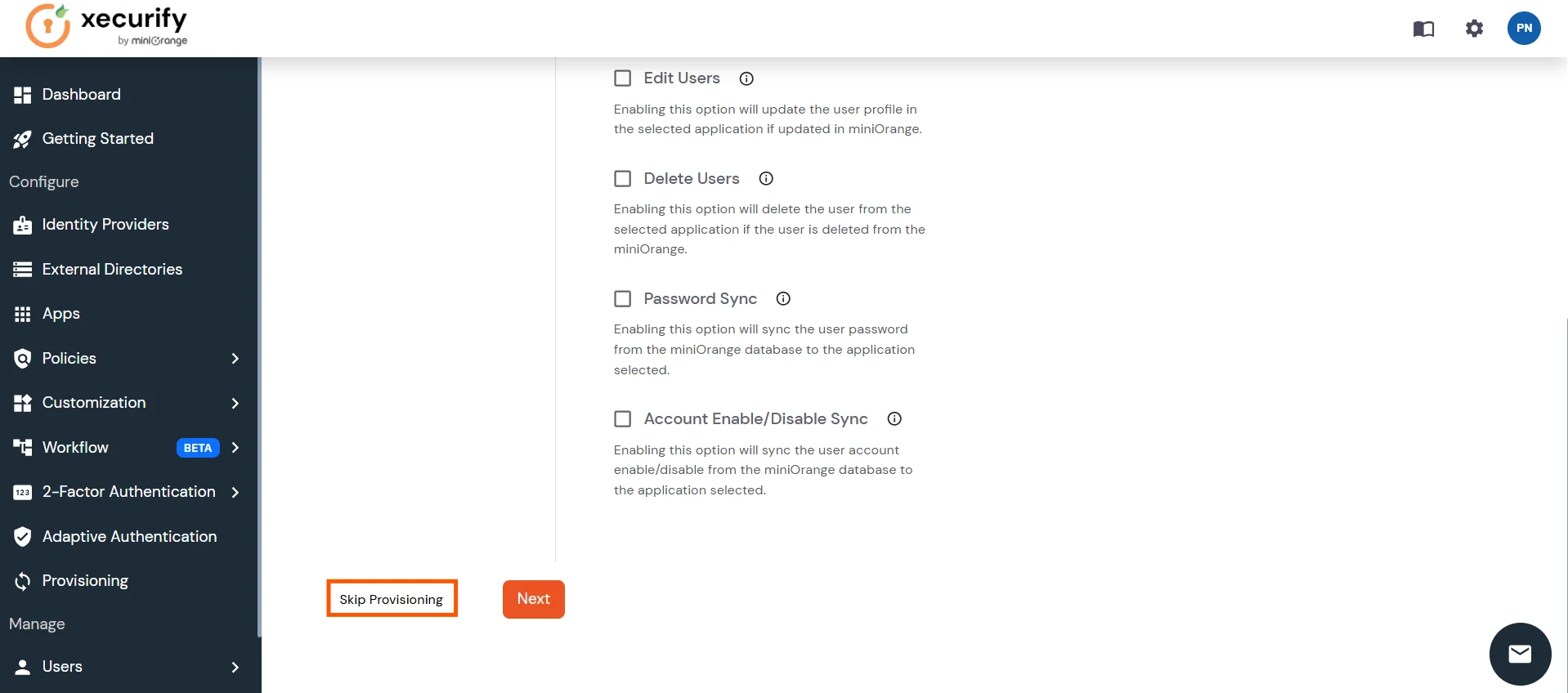
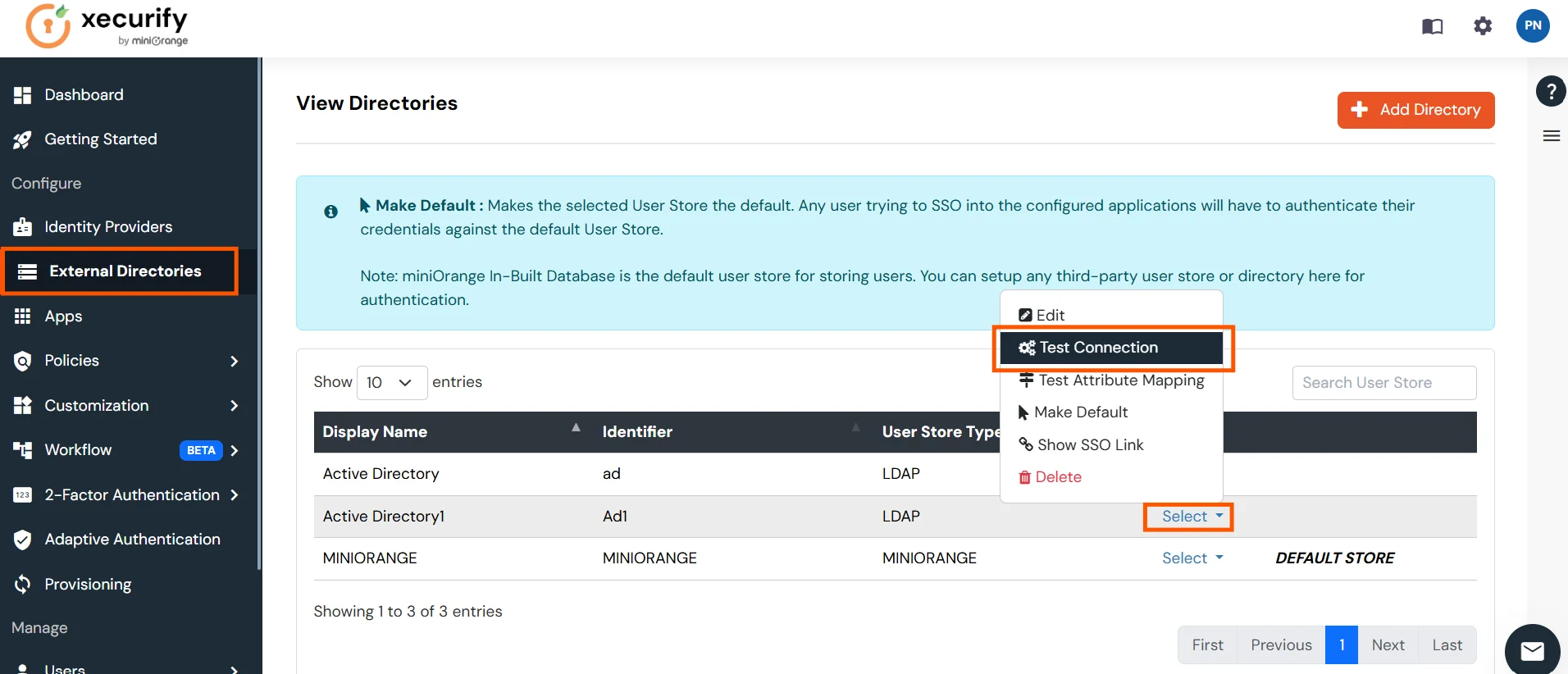
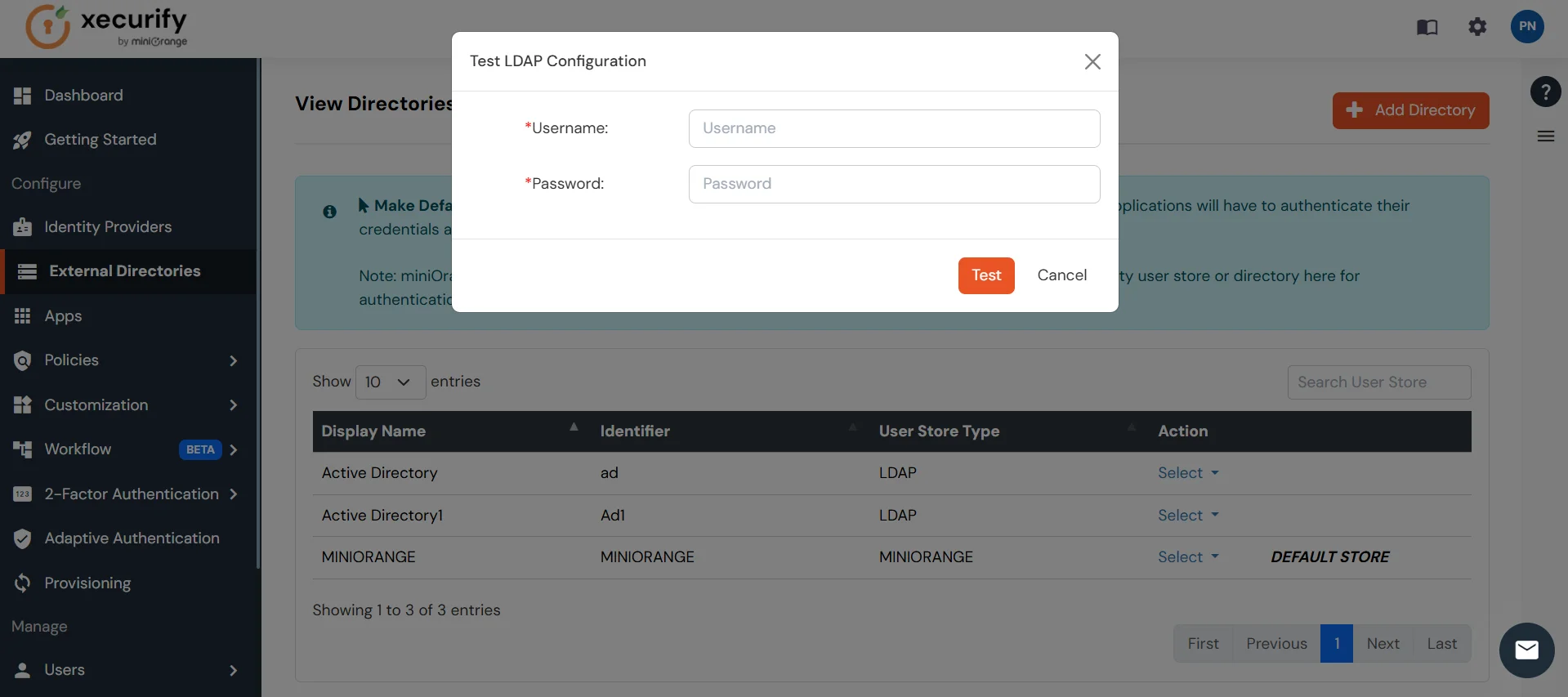


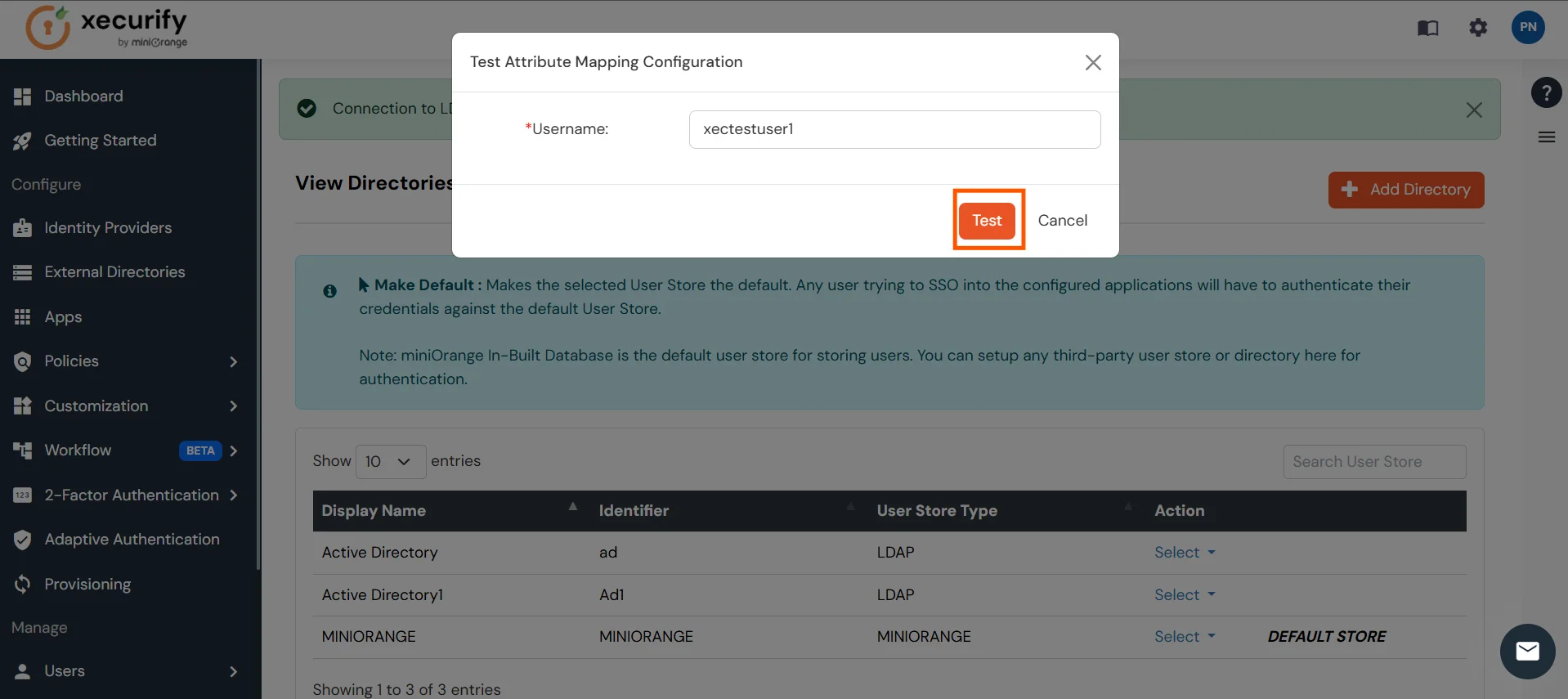
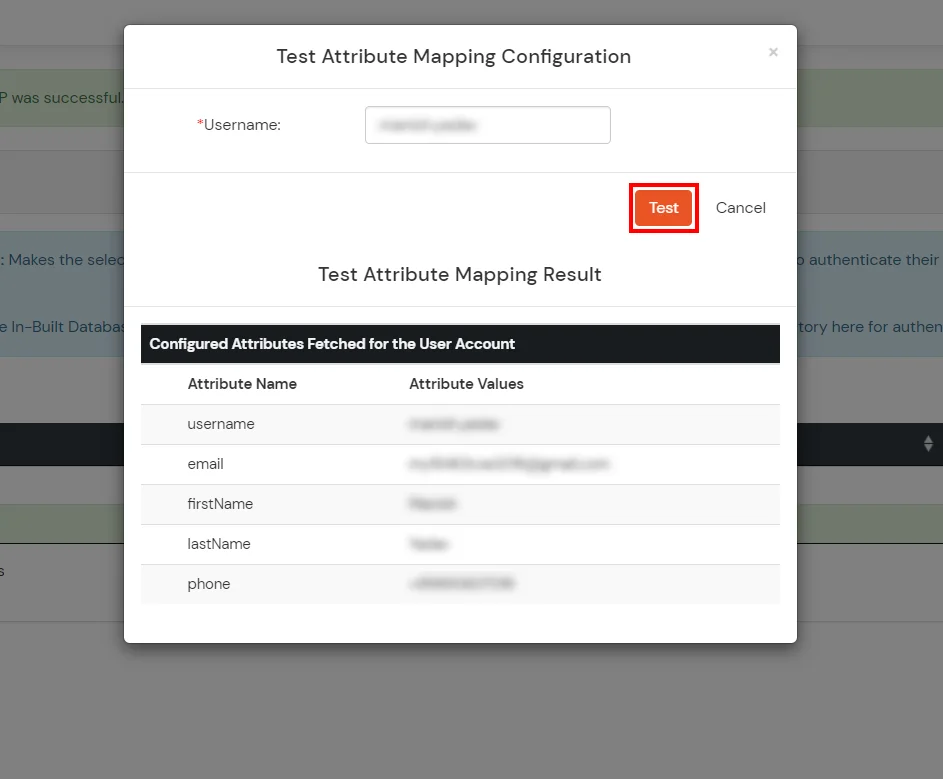
Set up AD as External Directory configuration is complete.
Note: Refer our guide to setup LDAP on windows server.
miniOrange integrates with various external user sources such as directories, identity providers, and etc.
Contact us or email us at idpsupport@xecurify.com and we'll help you setting it up in no time.
A. Restricting access to PeopleSoft with IP Configuration
You can use adaptive authentication with PeopleSoft Single Sign-On (SSO) to improve the security and functionality of Single Sign-On. You can allow a IP Address in certain range for SSO or you can deny it based your requirements and you can also challenge the user to verify his authenticity. Adaptive authentication manages the user authentication bases on different factors such as Device ID, Location, Time of Access, IP Address and many more.
You can configure Adaptive Authentication with IP Blocking in following way :
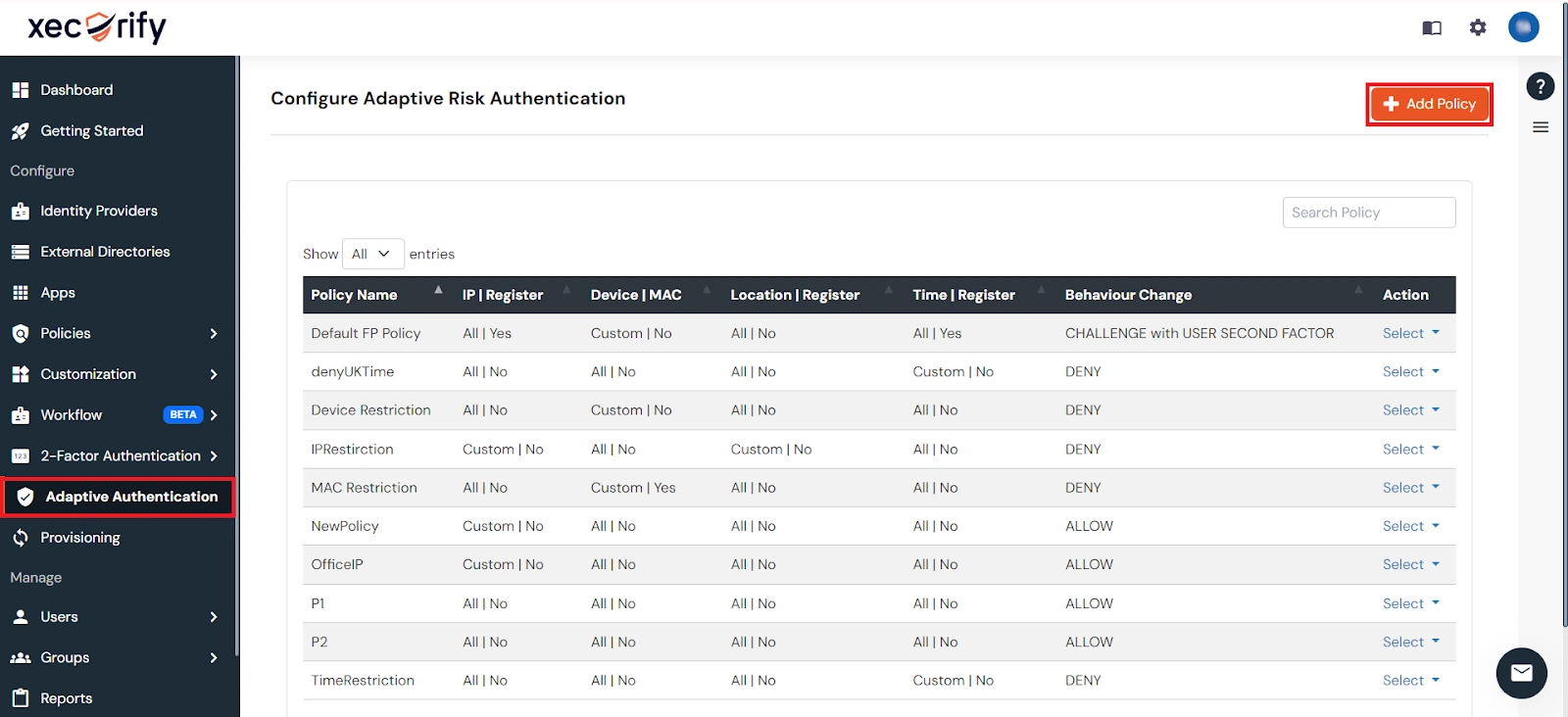
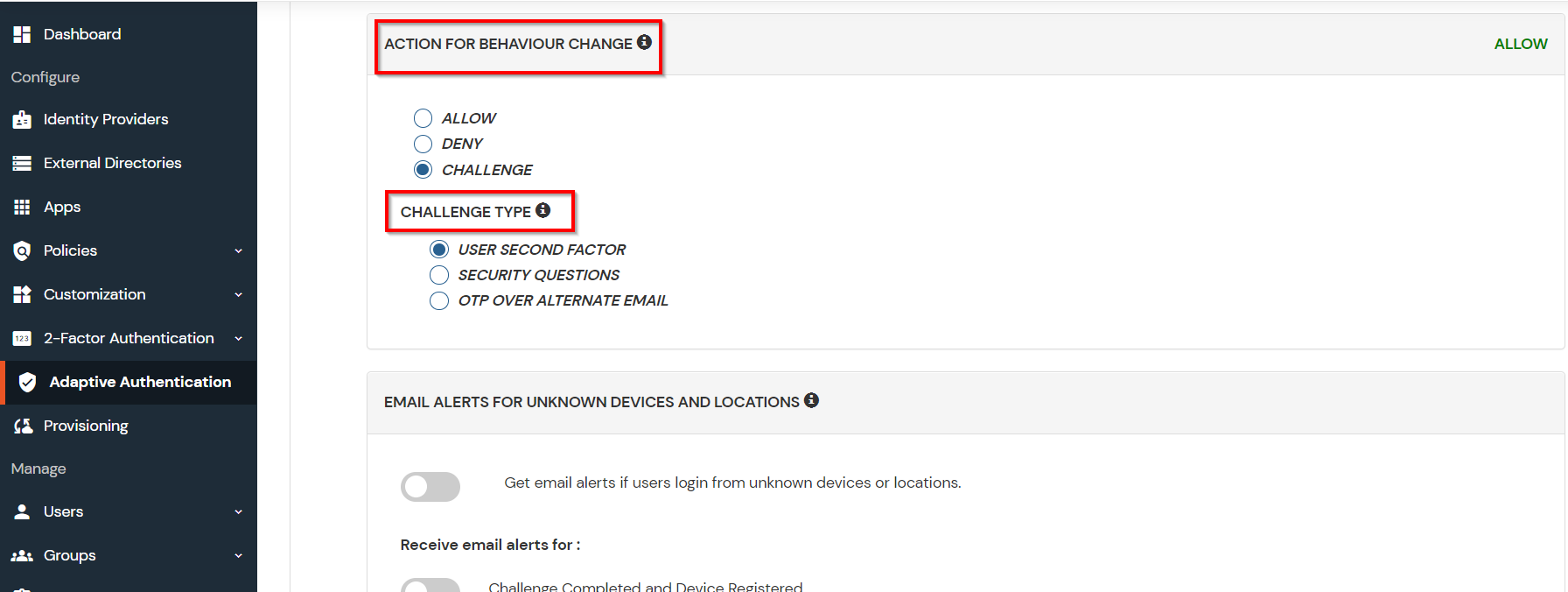
| Attribute | Description |
|---|---|
| Allow | Allow users to authenticate and use services if Adaptive authentication condition is true. |
| Deny | Deny user authentications and access to services if Adaptive authentication condition is true. |
| Challenge | Challenge users with one of the three methods mentioned below for verifying user authenticity. |
| Attribute | Description |
|---|---|
| User second Factor | The User needs to authenticate using the second factor he has opted or assigned for such as
|
| KBA (Knowledge-based authentication) | The System will ask the user for 2 of 3 questions he has configured in his Self-Service Console. Only after the right answer to both questions is the user allowed to proceed further. |
| OTP over Alternate Email | User will receive an OTP on the alternate email they have configured through the Self Service Console. Once the user provides the correct OTP, they are allowed to proceed further. |
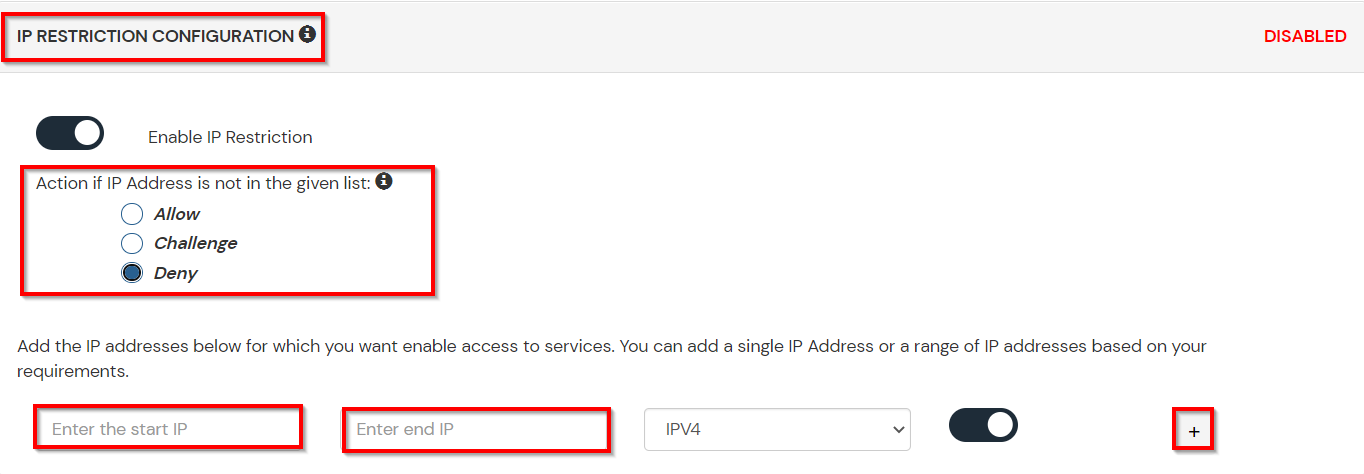
B. Adaptive Authentication with Limiting number of devices
Using Adaptive Authentication you can also restrict the number of devices the end user can access the Services on. You can allow end users to access services on a fixed no. of devices. The end users will be able to access services provided by us on this fixed no. of devices.
You can configure Adaptive Authentication with Device Restriction in following way
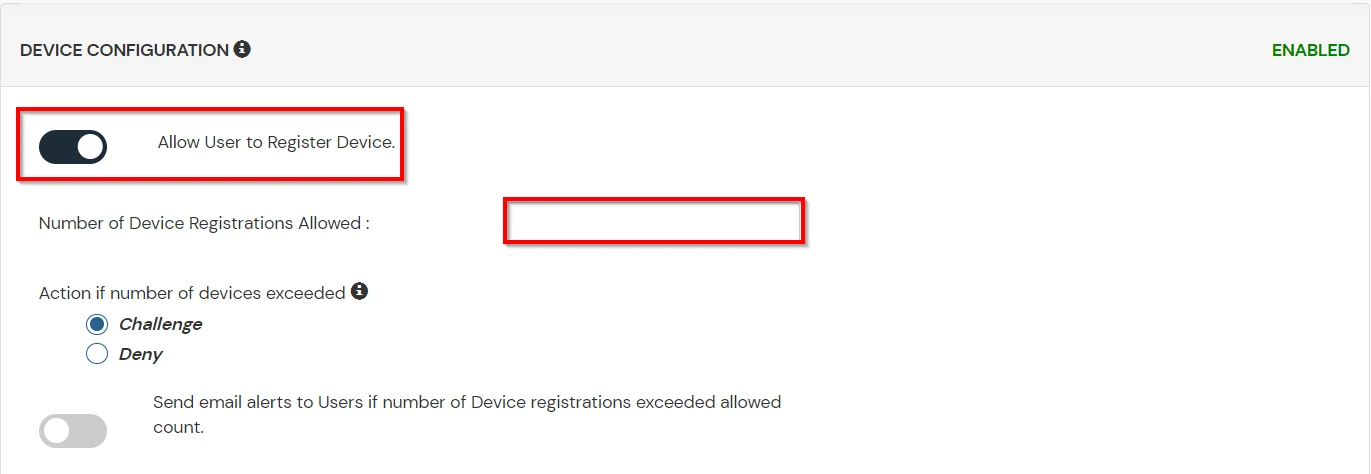
C. Add Adaptive Authentication policy to PeopleSoft
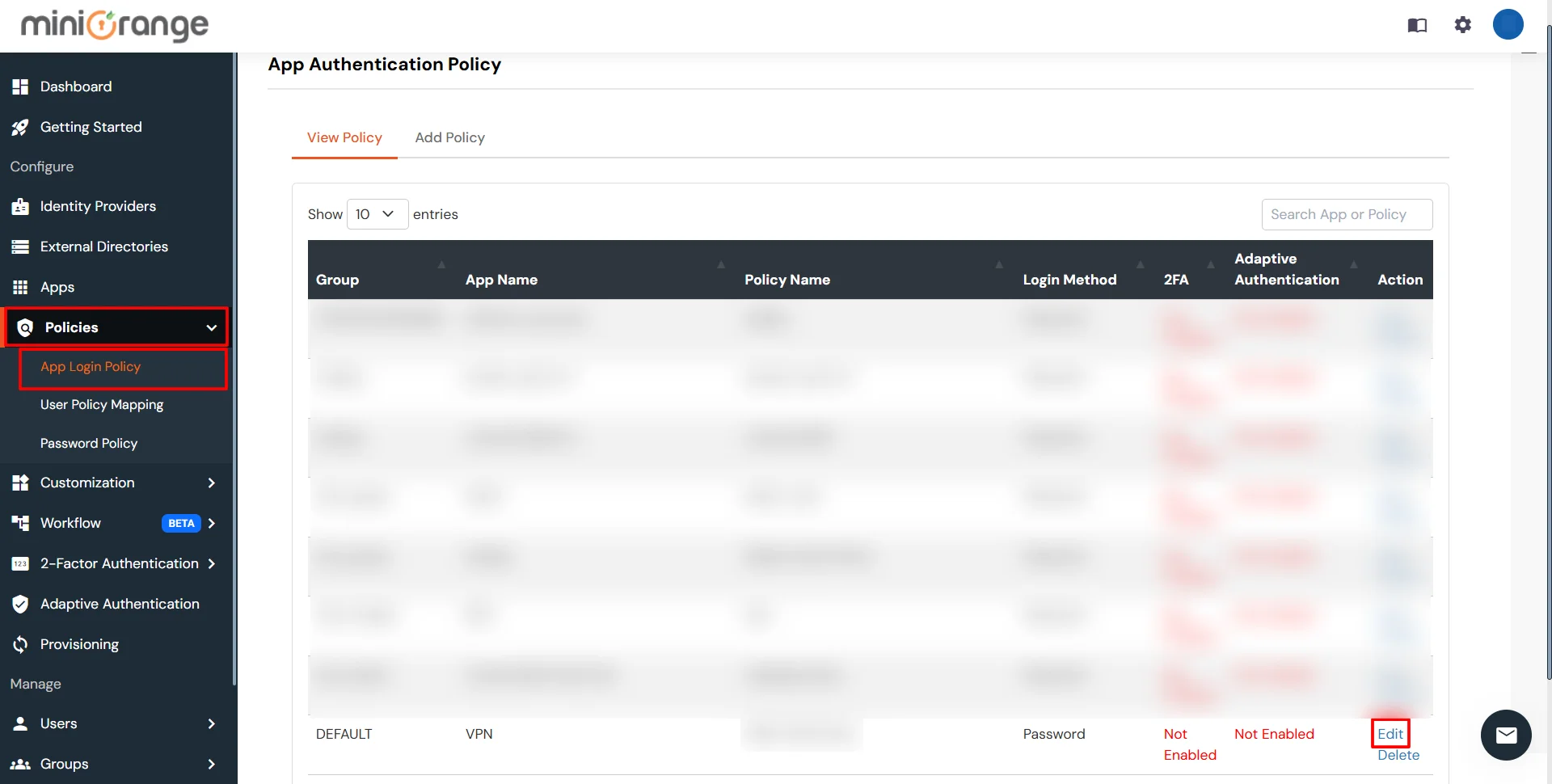
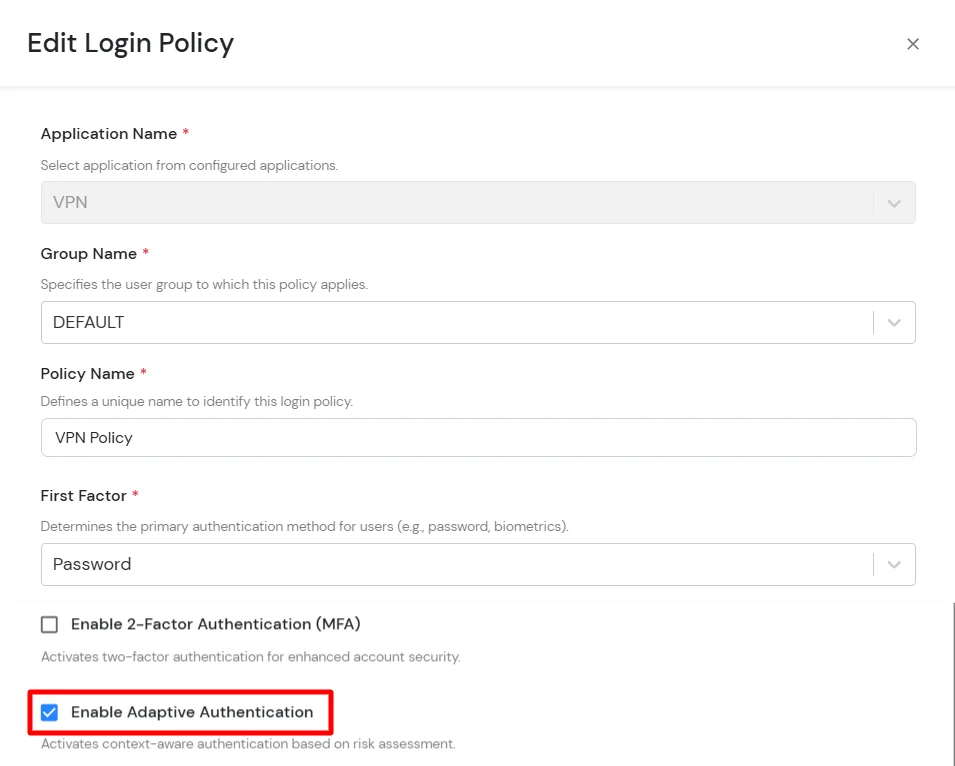
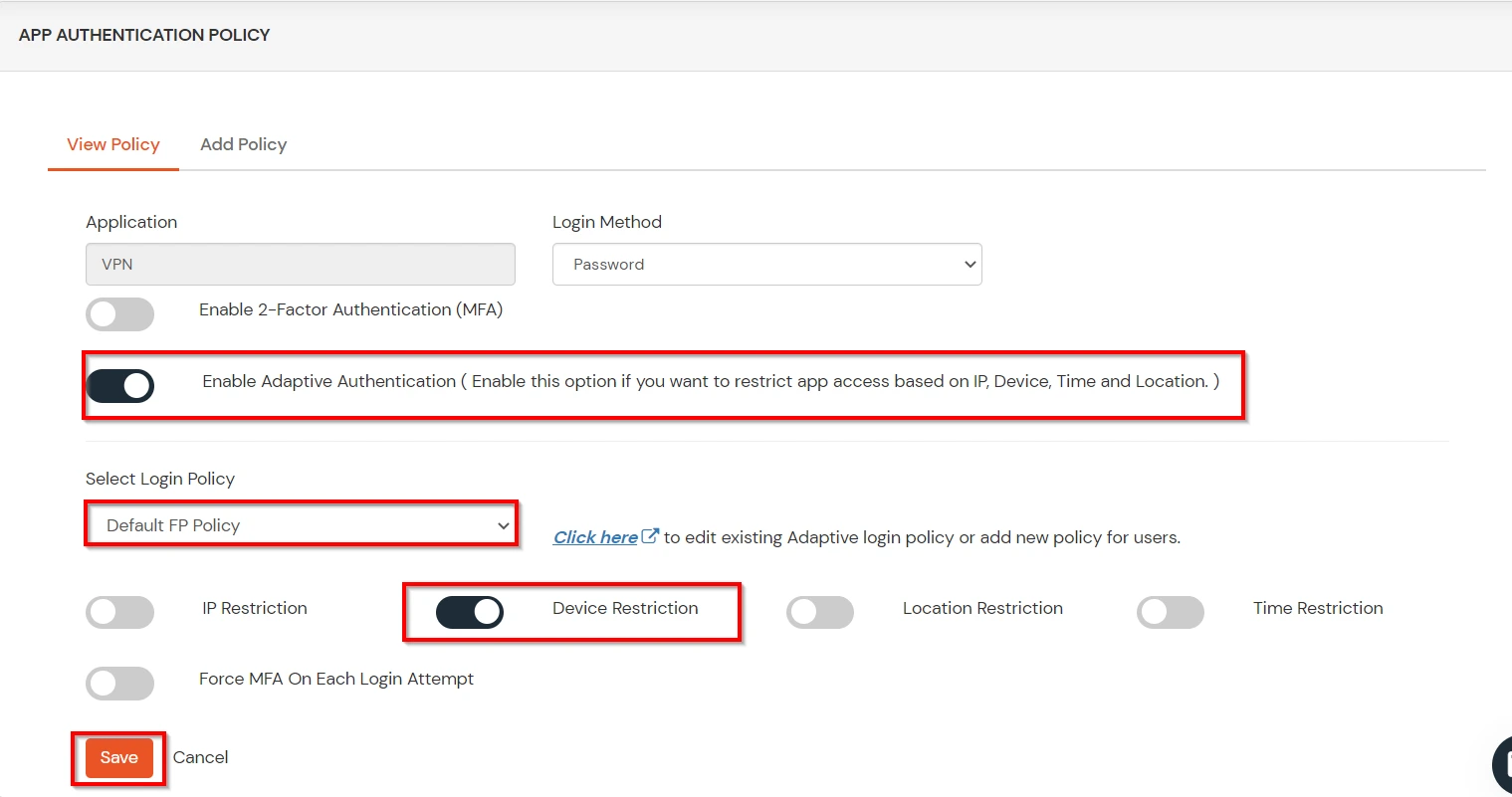
D. Notification and Alert Message.
This section handles the notifications and alerts related to Adaptive Authentication. It provides the following options :
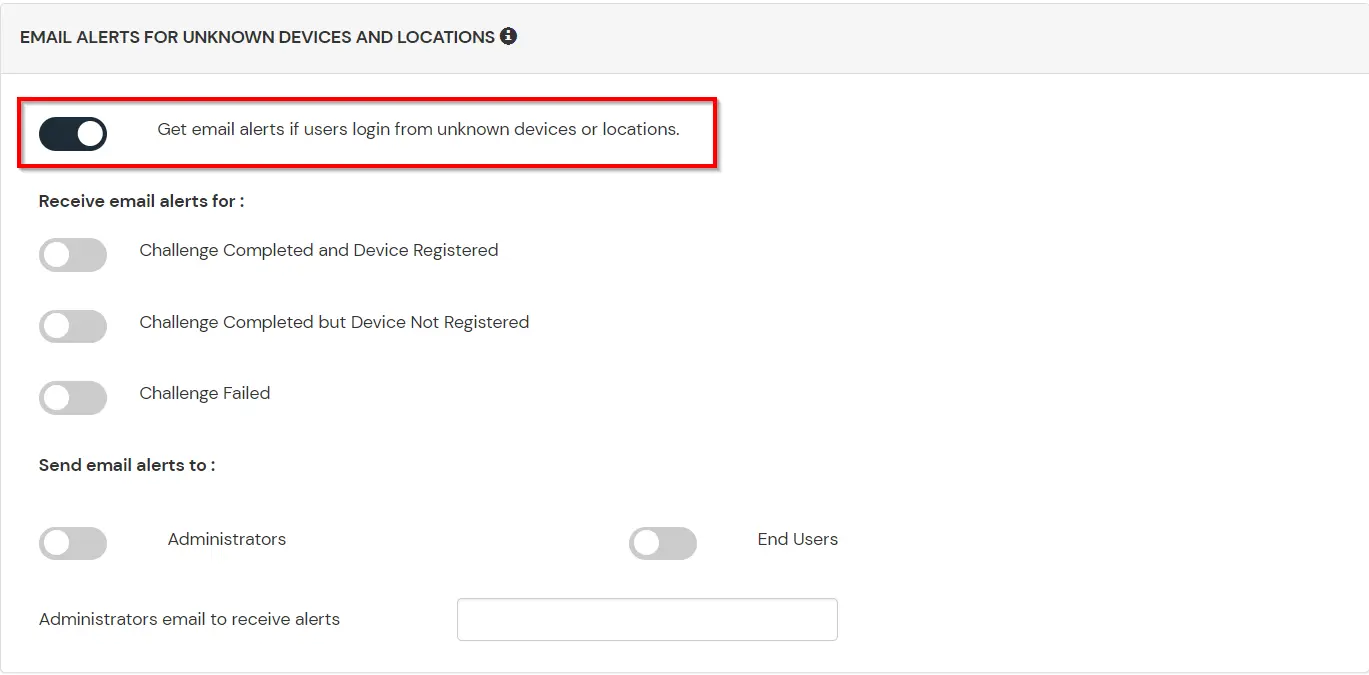
| Option | Description |
|---|---|
| Users login from unknown IP addresses, devices or locations | Enabling this option allows you to login from unknown IP addresses or devices and even locations. |
| Number of Device registrations exceeded allowed count | This option will allow you to register more devices than the devices you have numbered. |
| Challenge Completed and Device Registered | Enabling this option allows you to send an email alert when an end-user completes a challenge and registers a device. |
| Challenge Completed but Device Not Registered | Enabling this option allows you to send an email alert when an end-user completes a challenge but do not registers the device. |
| Challenge Failed | Enabling this option allows you to send an email alert when an end-user fails to complete the challenge. |
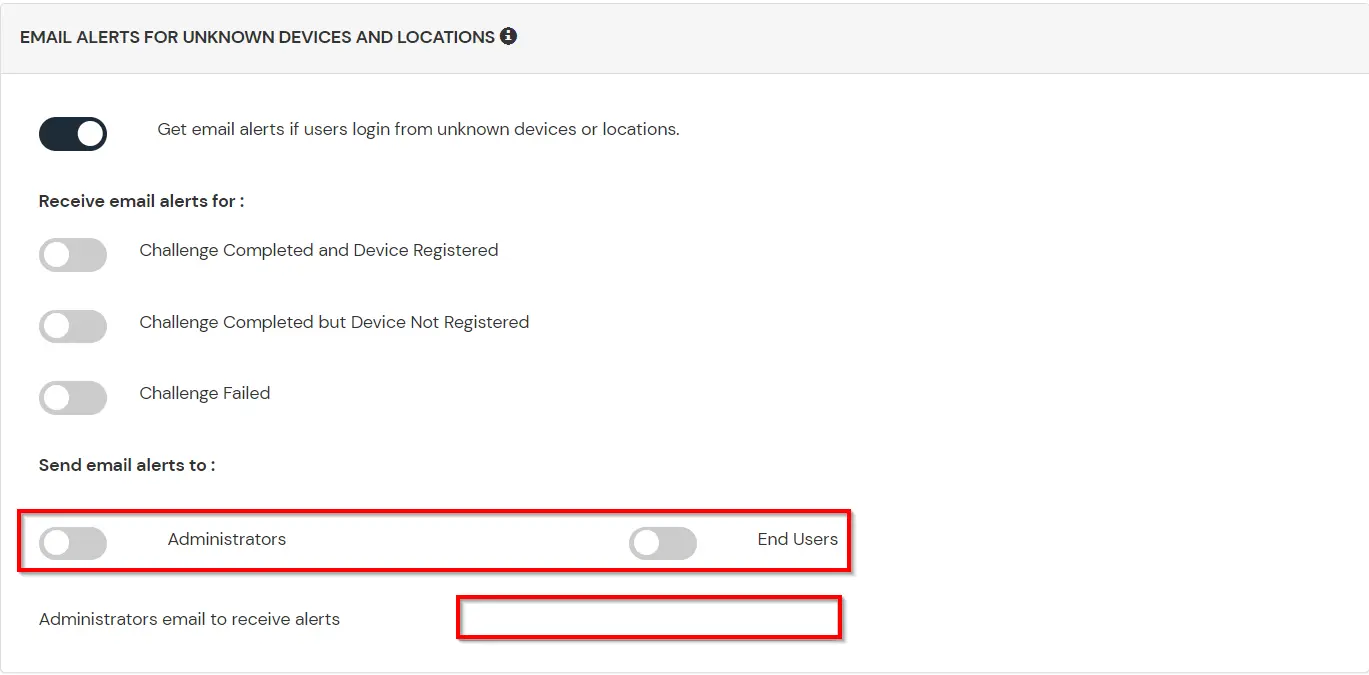
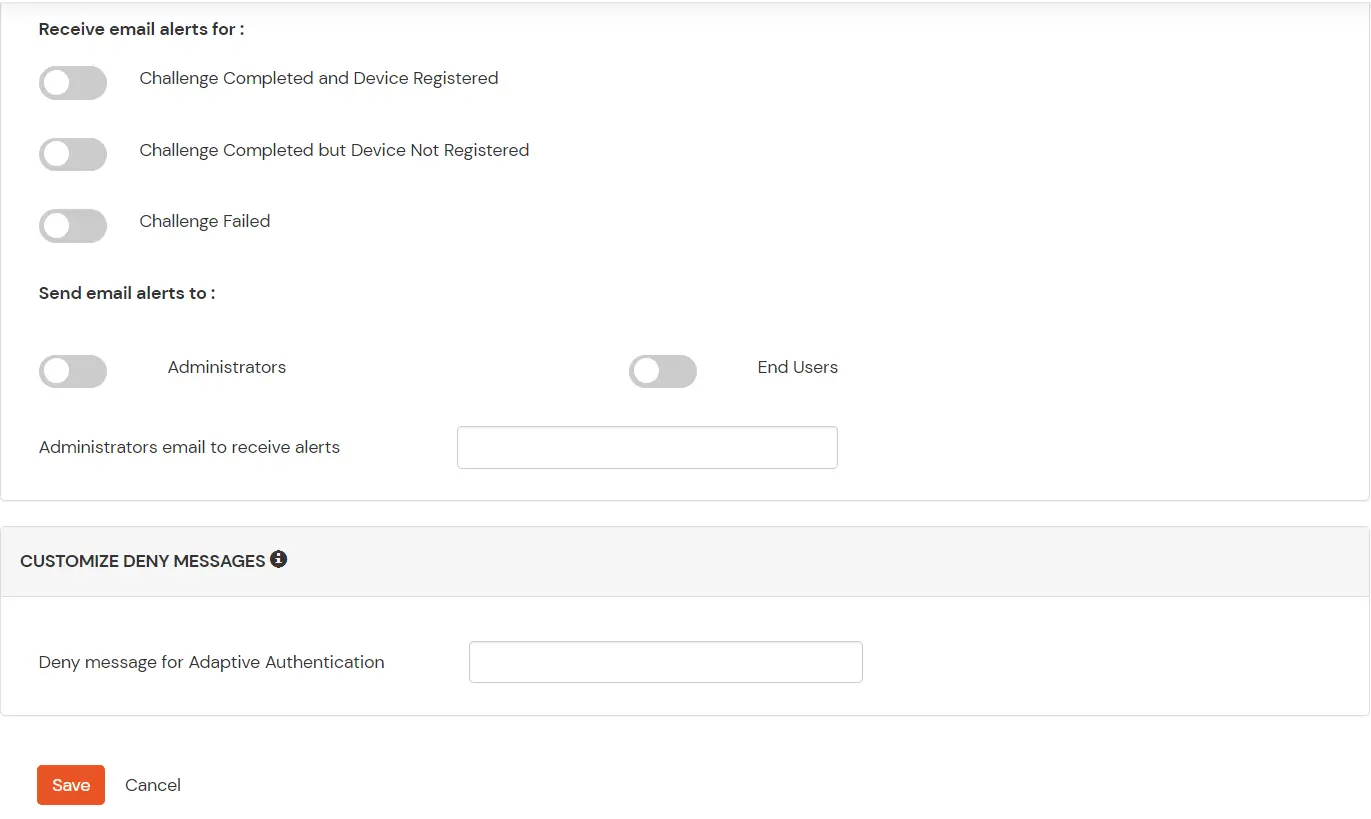
Our solution easily configures with PeopleSoft 8.5+ versions. If you have any other version please mail us at idpsupport@xecurify.com and we will be happy to help.
No, you do not need to make any additional purchase and install of OAM or OIM to use miniOrange PeopleSoft SSO solution.
The authentication flow is as follows:
1. The User tries to access the PeopleSoft, either directly at the AppsLogin endpoint or via a bookmarked URL.
2. PeopleSoft redirects the request to the miniOrange SSO Connector for authentication.
3. The PeopleSoft sends a SAML authentication request to configured IDP.
4. The User is Prompted to enter their SSO (IDP) credentials.
5. Configured IDP sends SAML response to miniOrange SSO Connector.
6. The Connector checks the value of the username/email attribute fetched from the IDP against the FND_USER table in the PeopleSoft Database.
7. After successful authentication, a session is created for the user in PeopleSoft - and PeopleSoft SSO successfully executes.
8. User is redirected to PeopleSoft as a logged-in user.
Yes, PeopleSoft SSO solution works seamlessly with any IDP/user store/directory such as Microsoft Entra ID, ADFS, Okta, etc.
Yes, we have officially been recognized as a Global Modernized Oracle Partner Network (OPN) Partner
Yes, we do provide SSO solution for other Oracle applications such as Oracle EBS, Oracle Peoplesoft, Oracle PeopleSoft, Oracle Sieble CRM, etc
We are an Oracle Partner, and our solution is verified by Oracle on their Cloud Marketplace. It is also the only PeopleSoft SSO Solution accepted on their marketplace.
Note: Oracle and Java are registered trademarks of Oracle and/or its affiliates. miniOrange is a separate entity.
